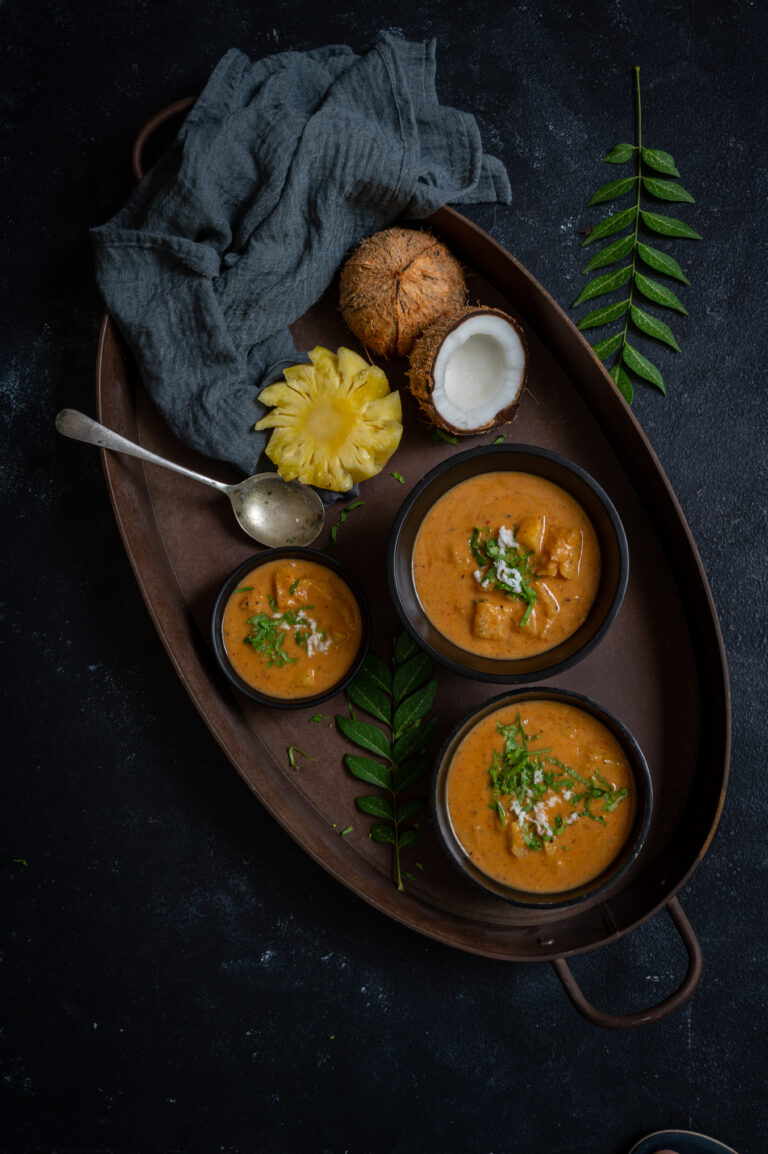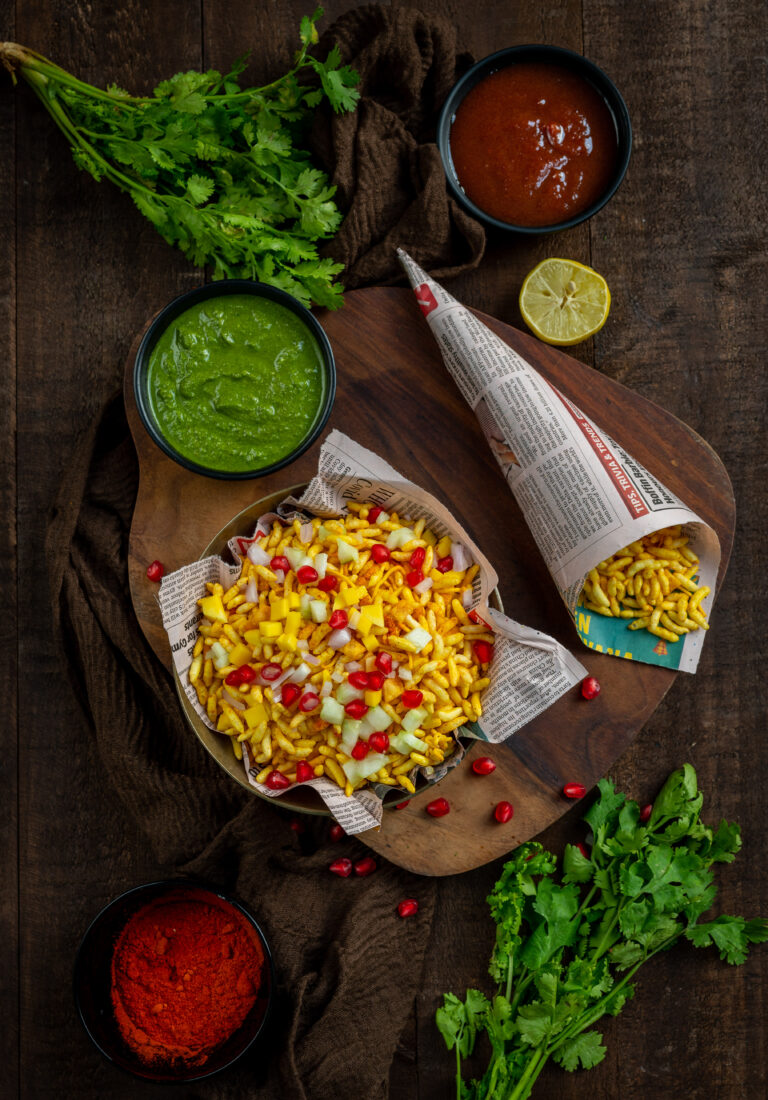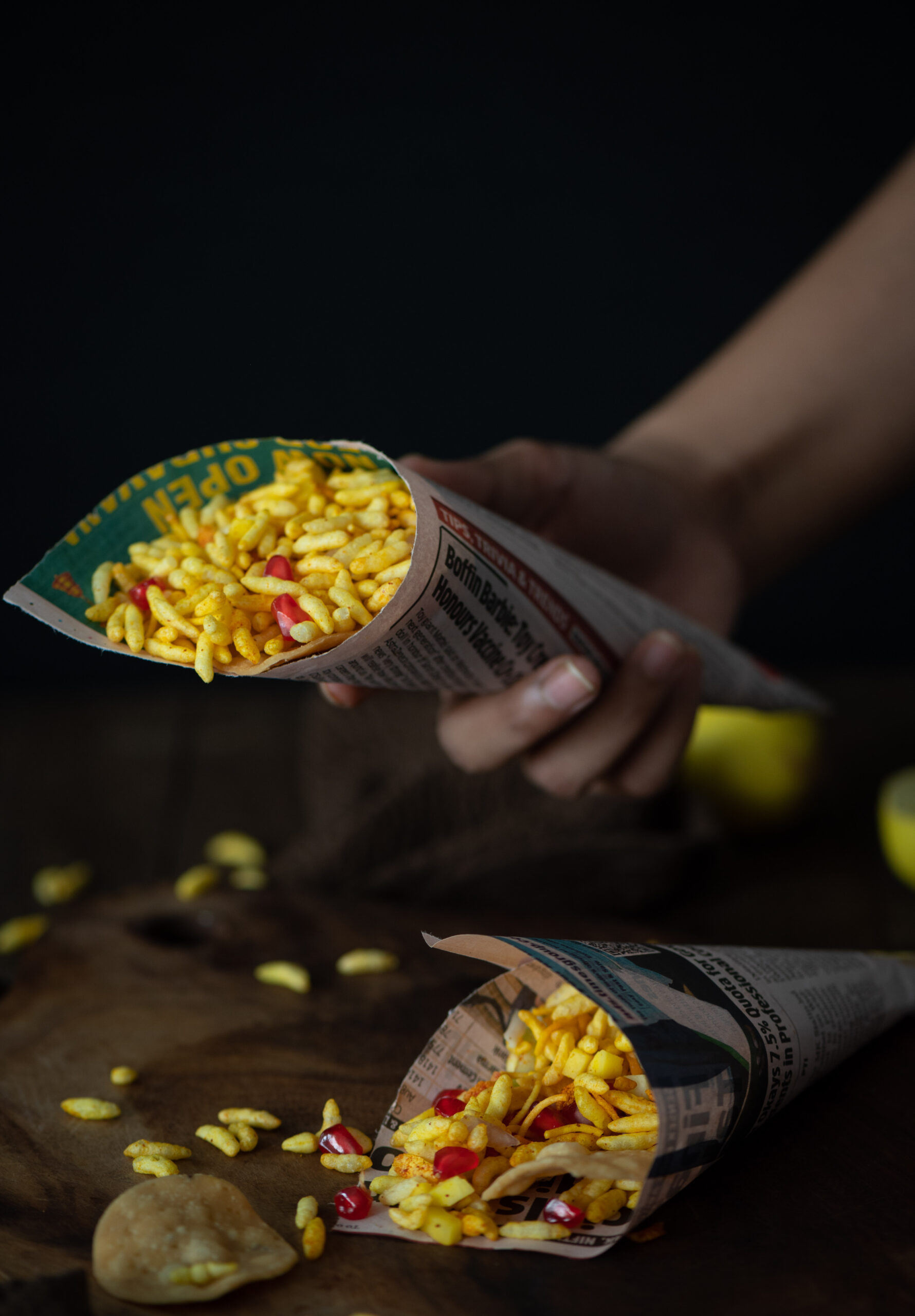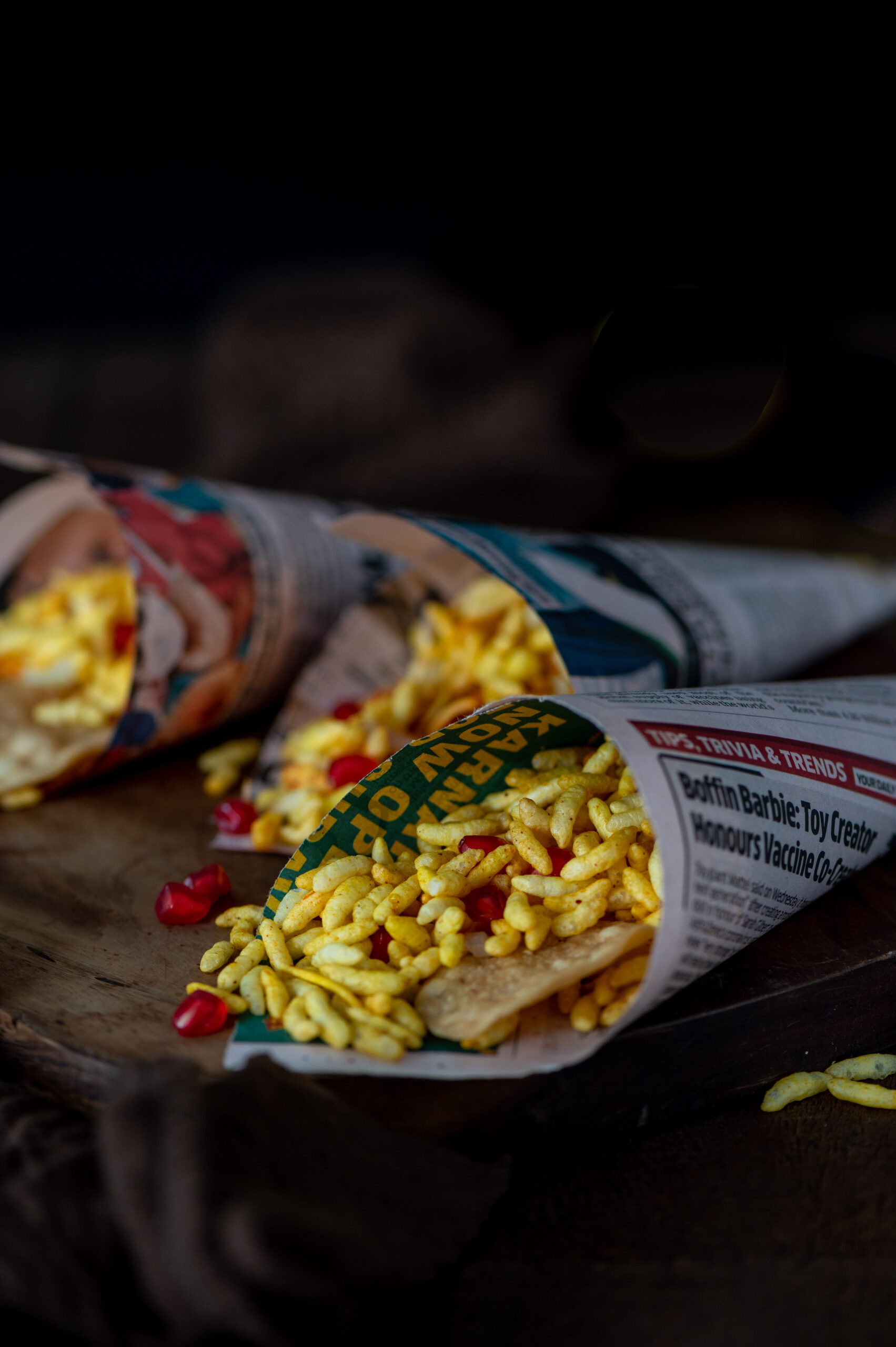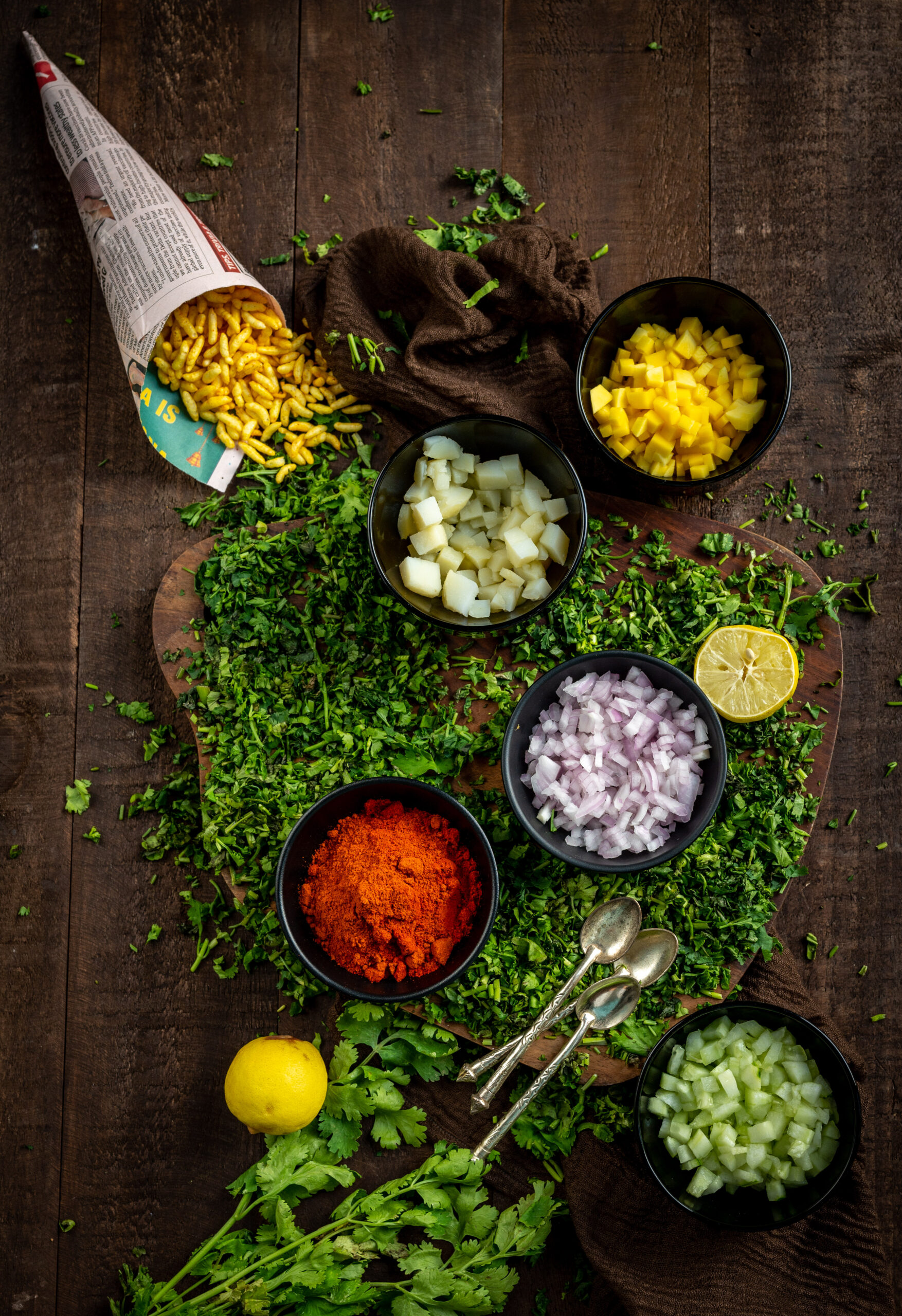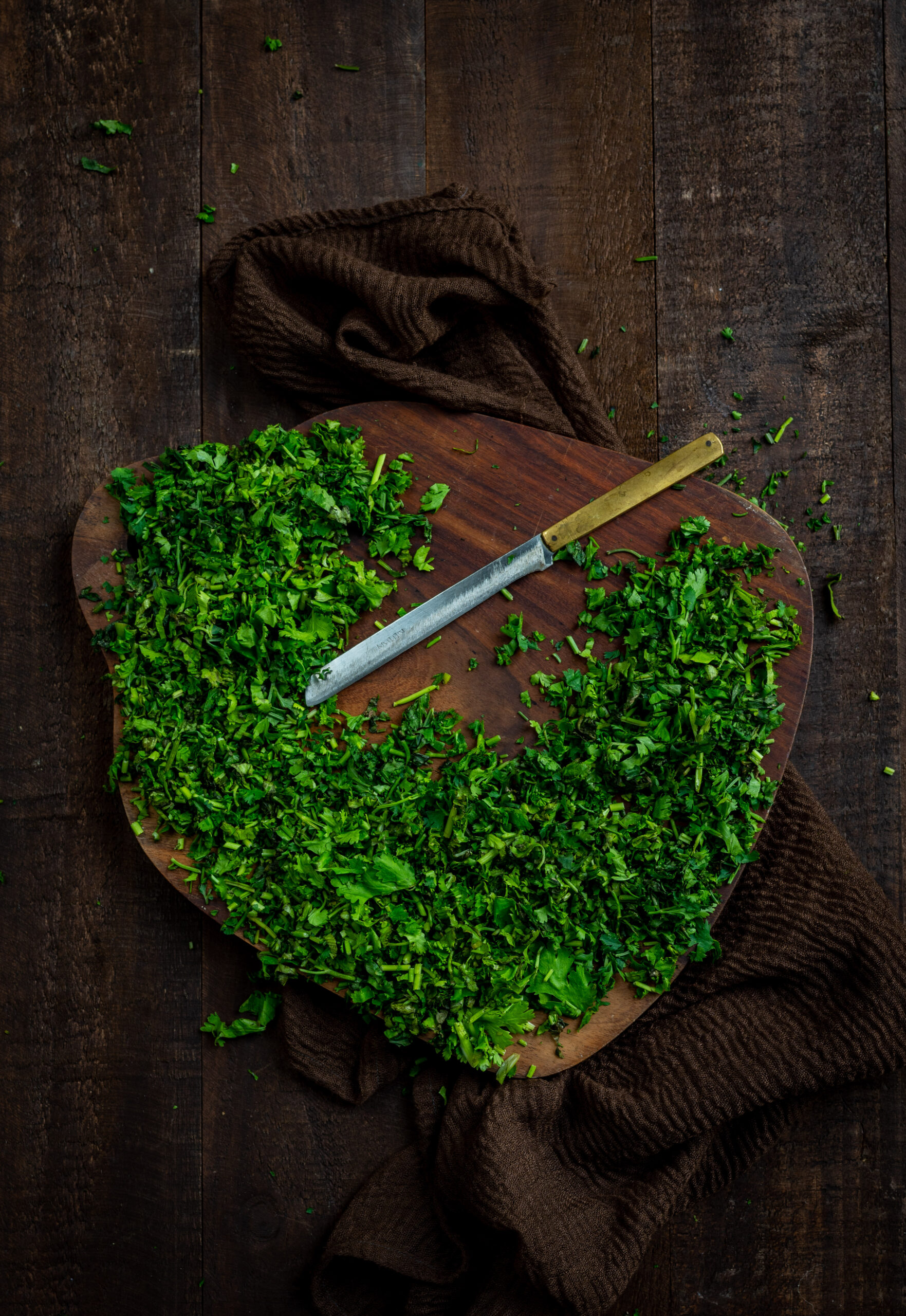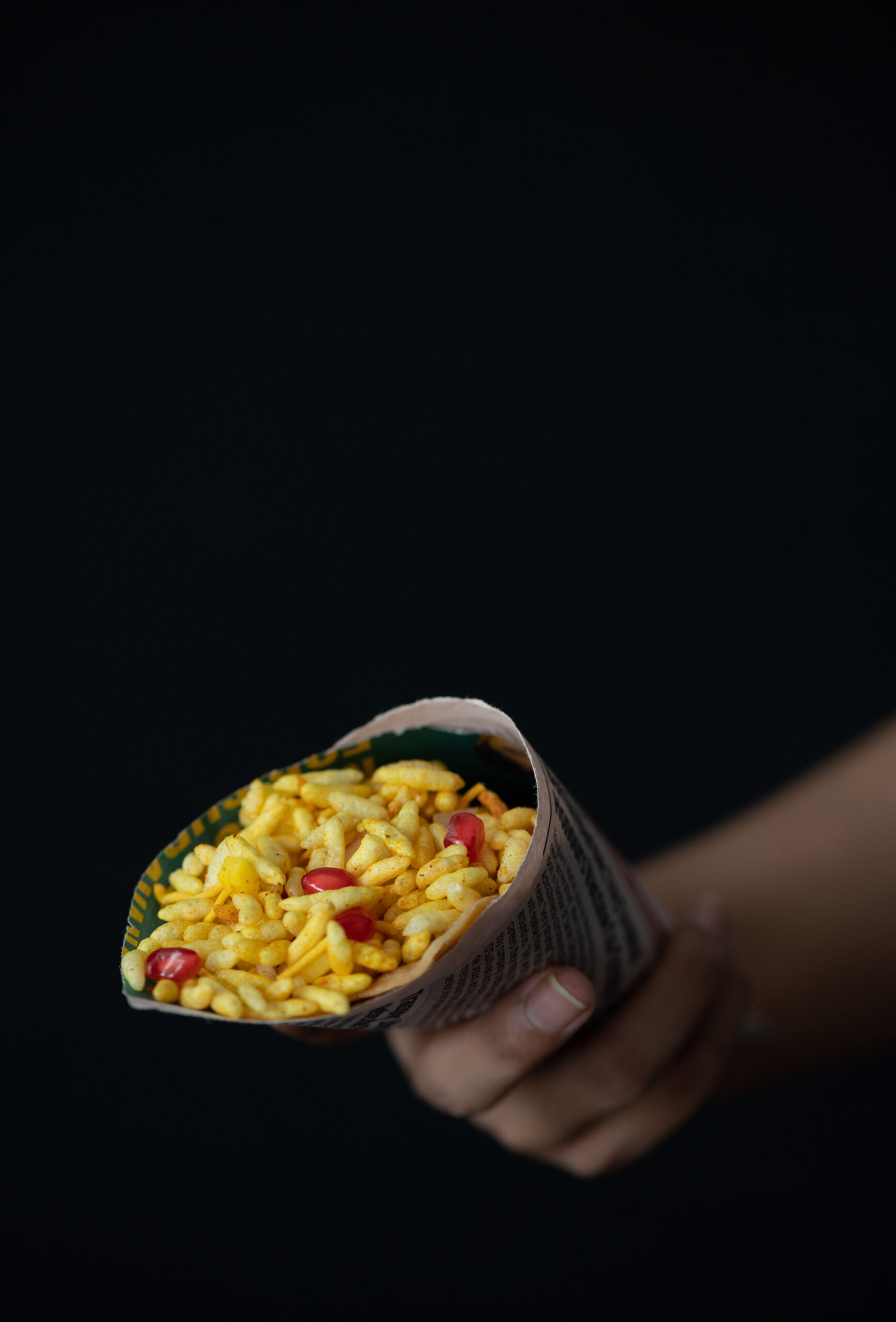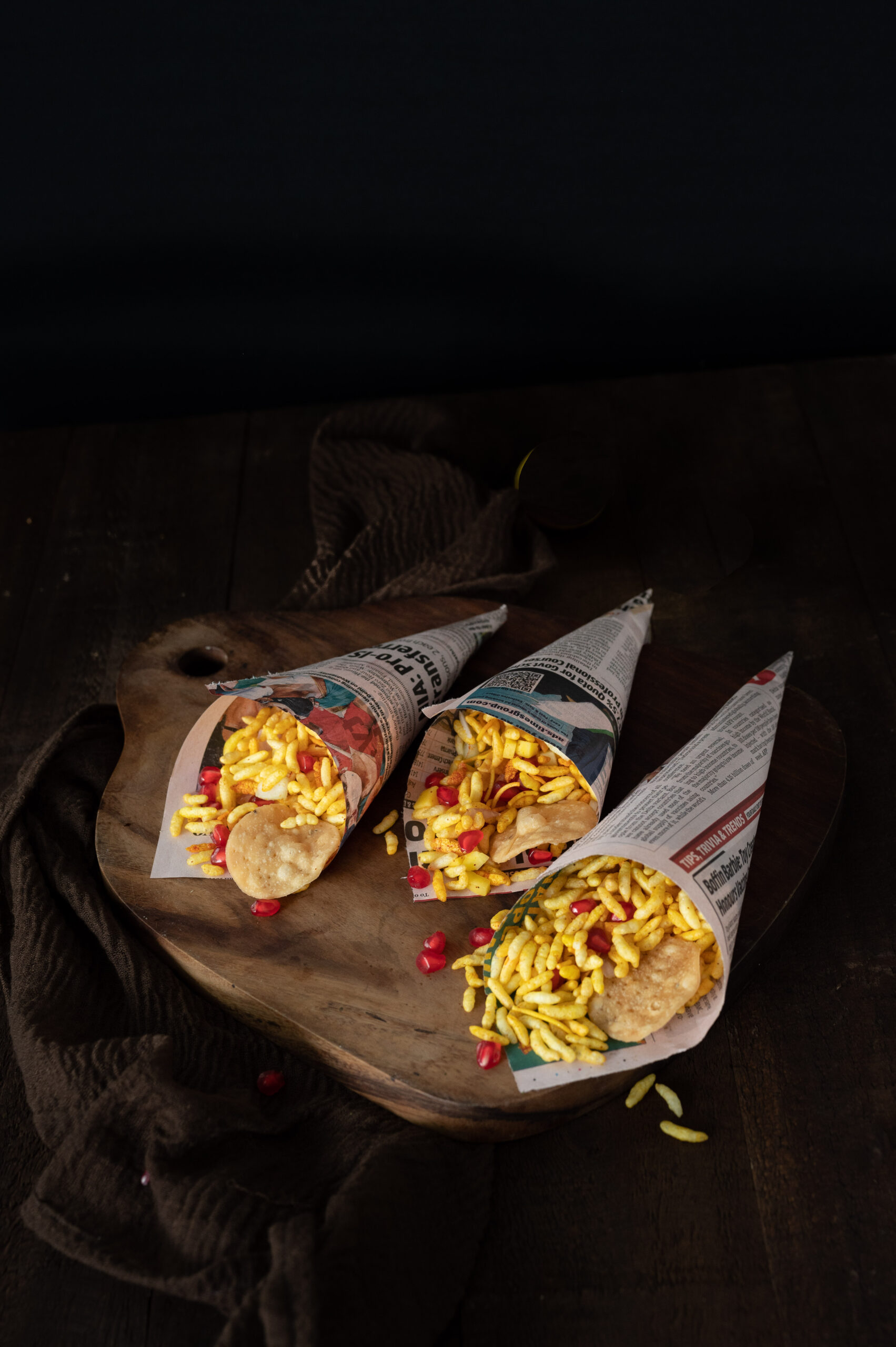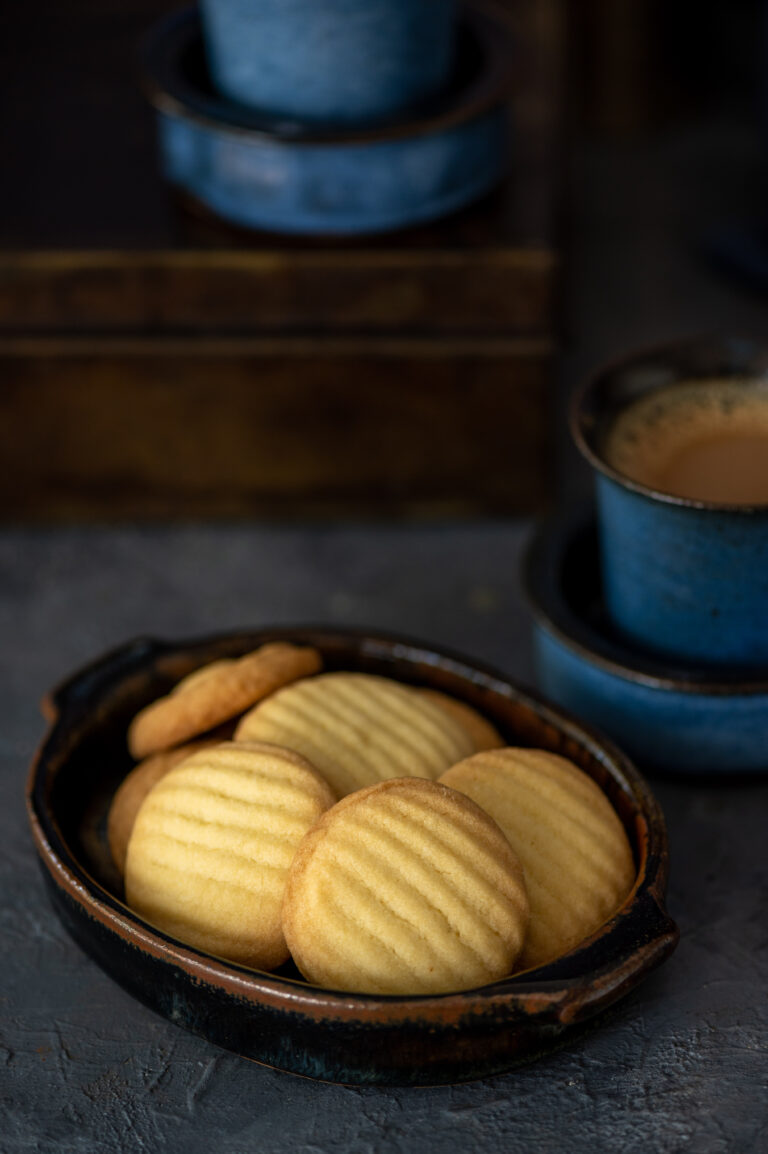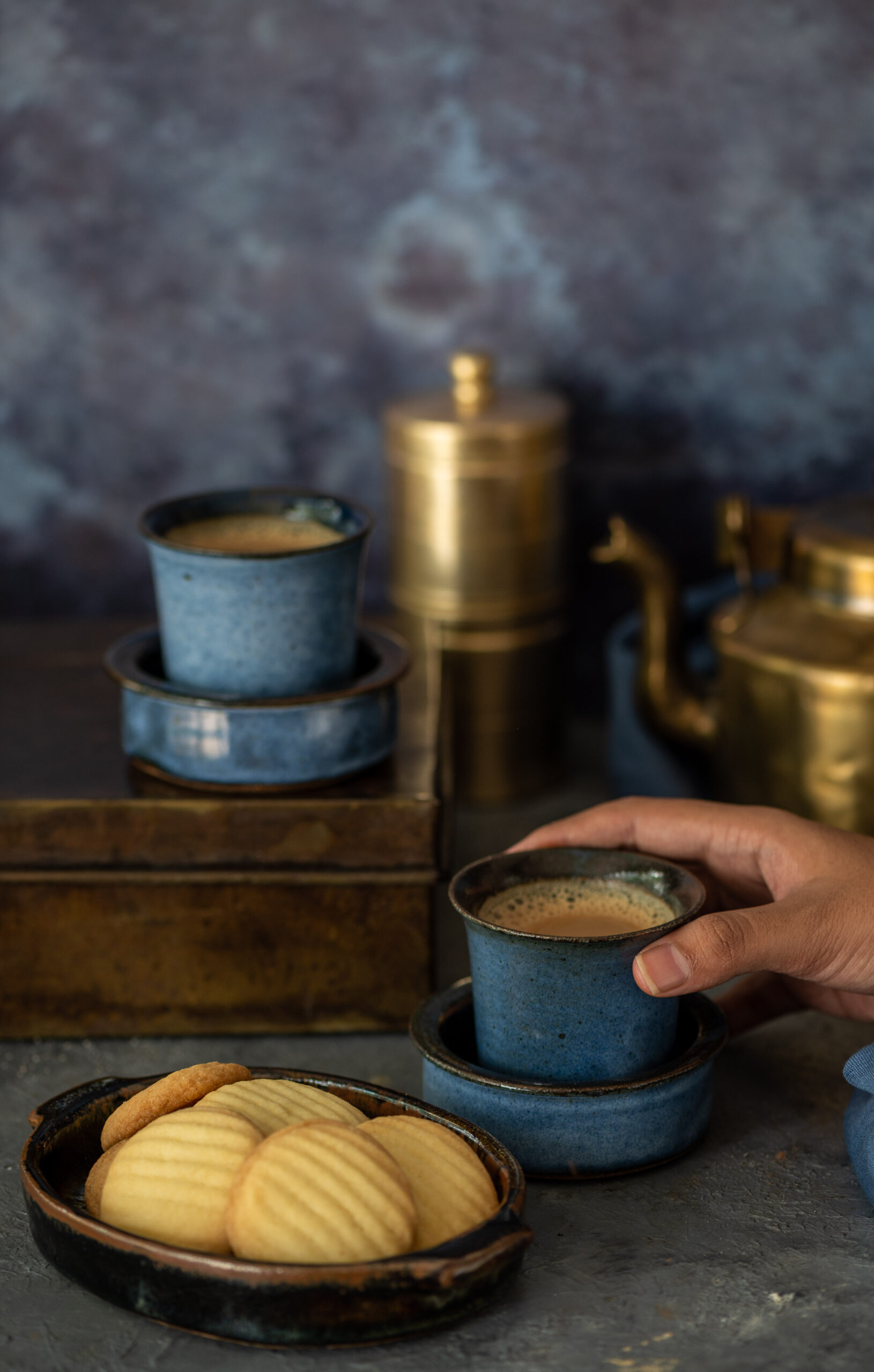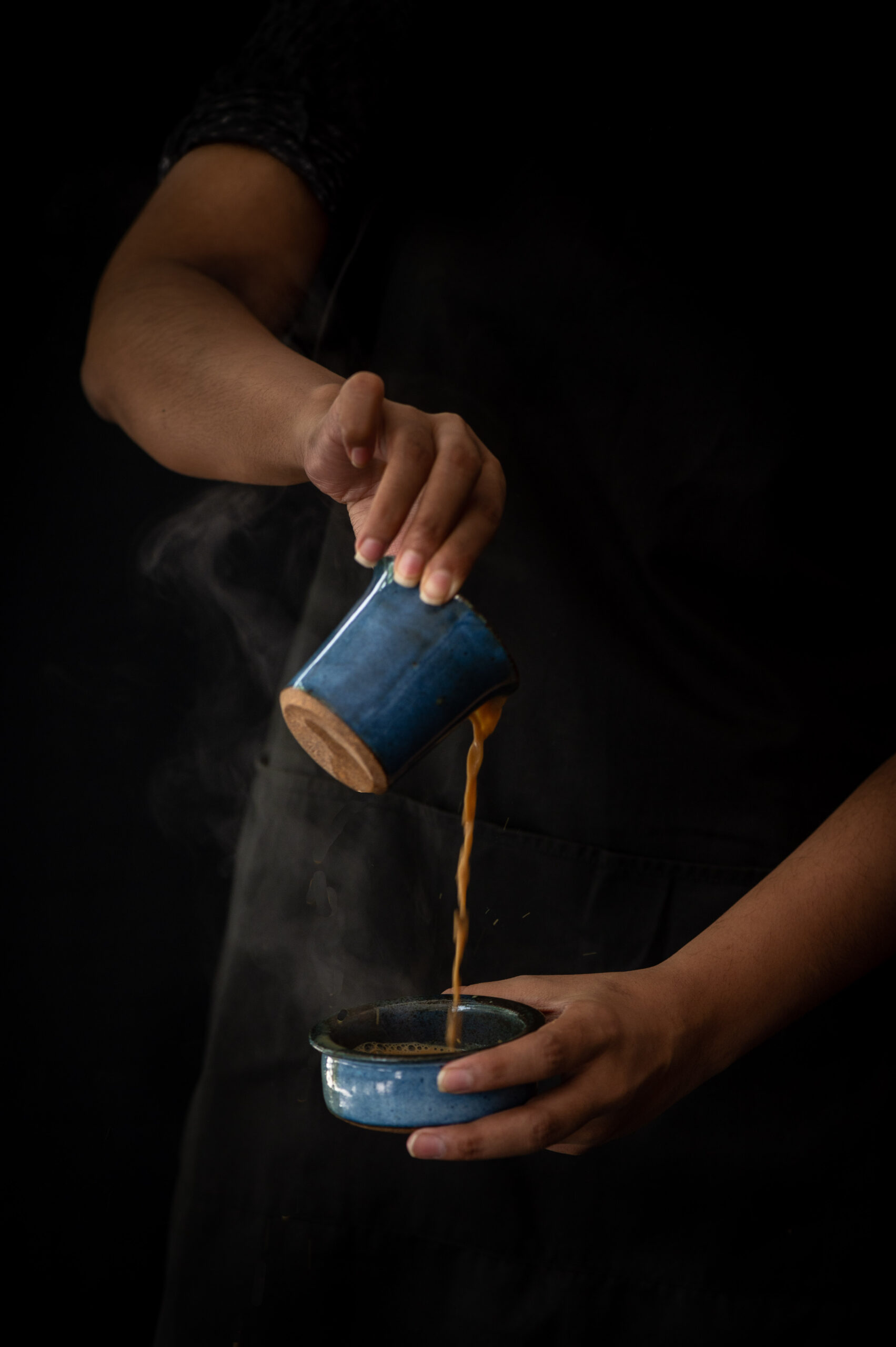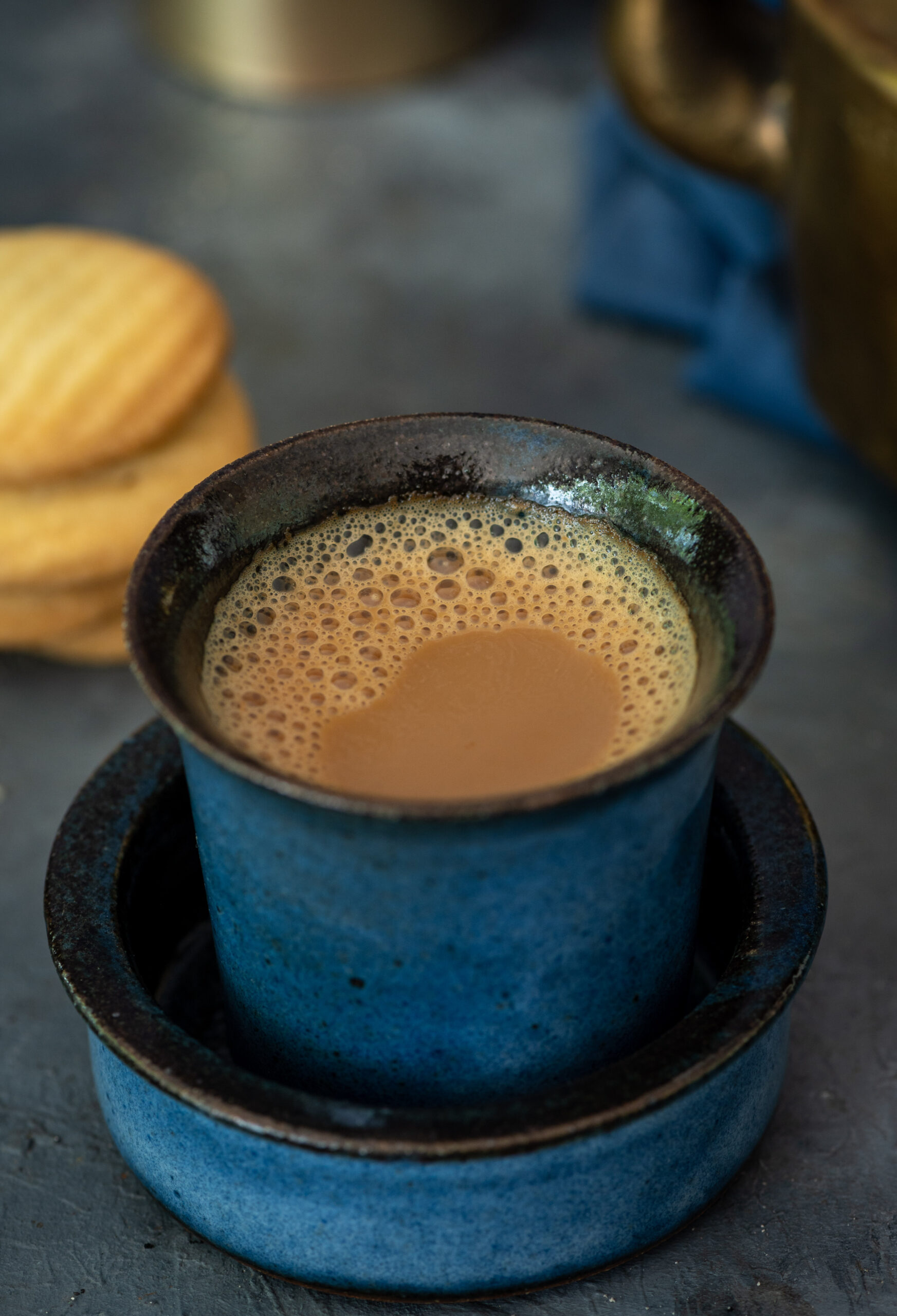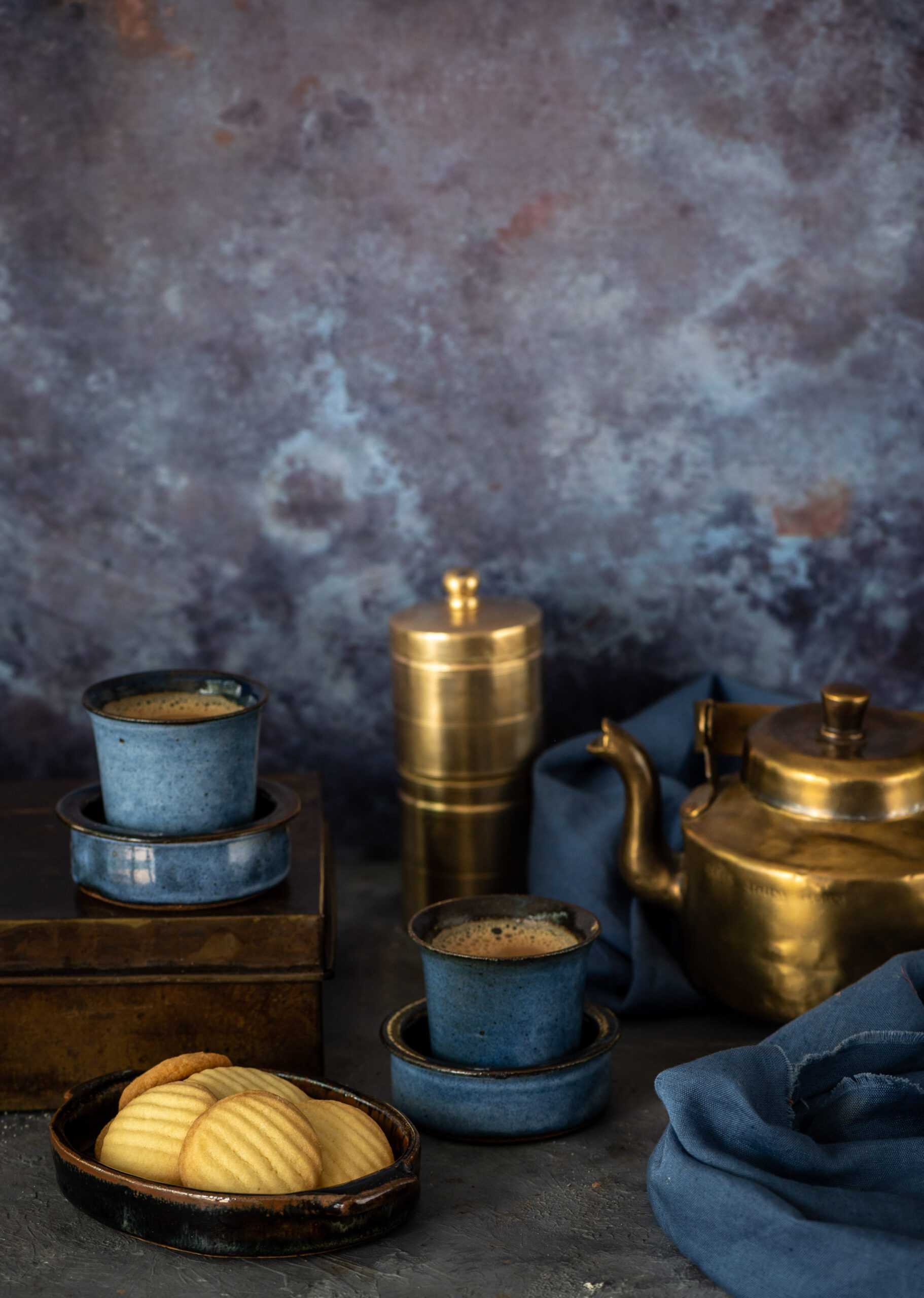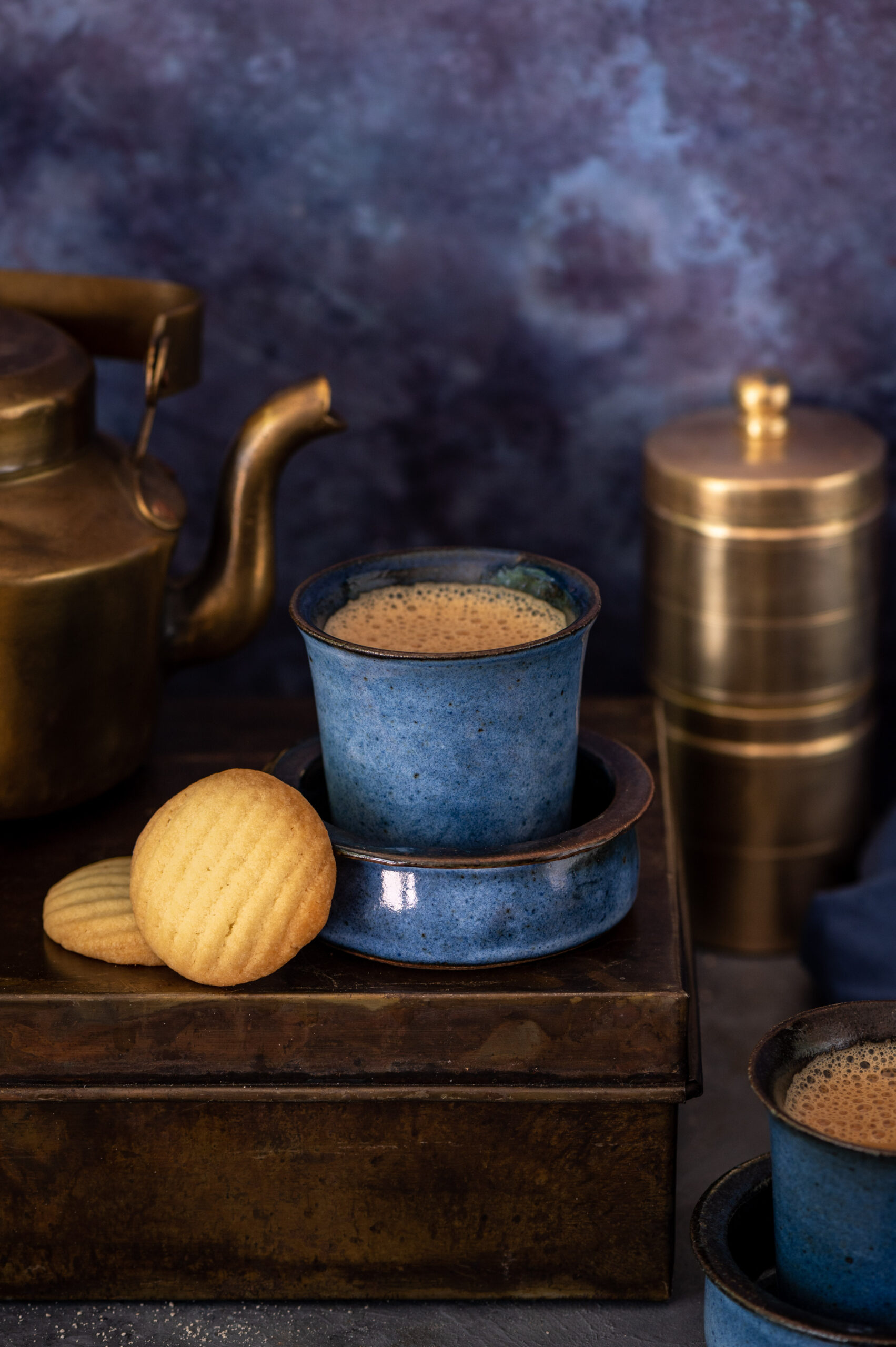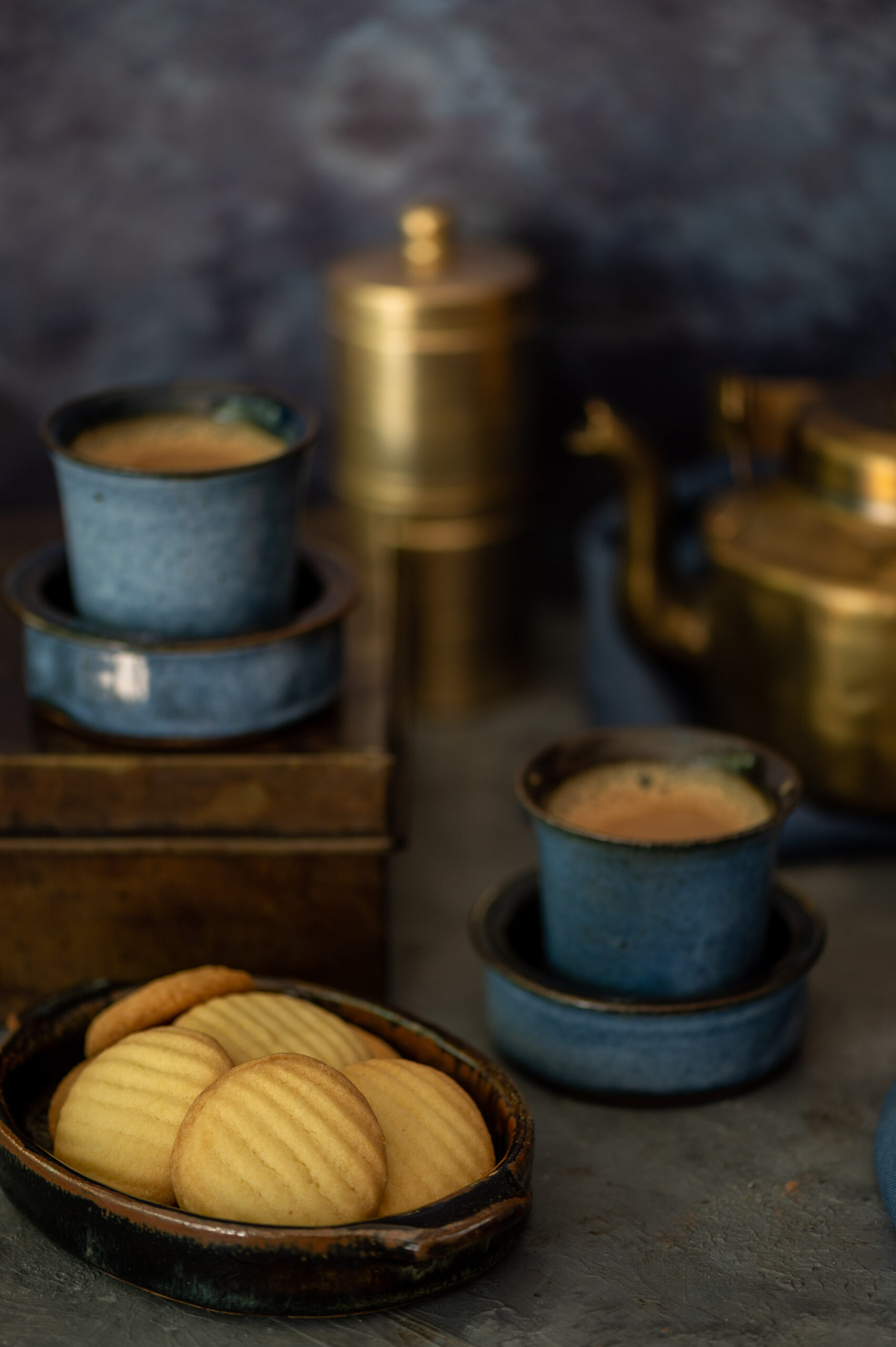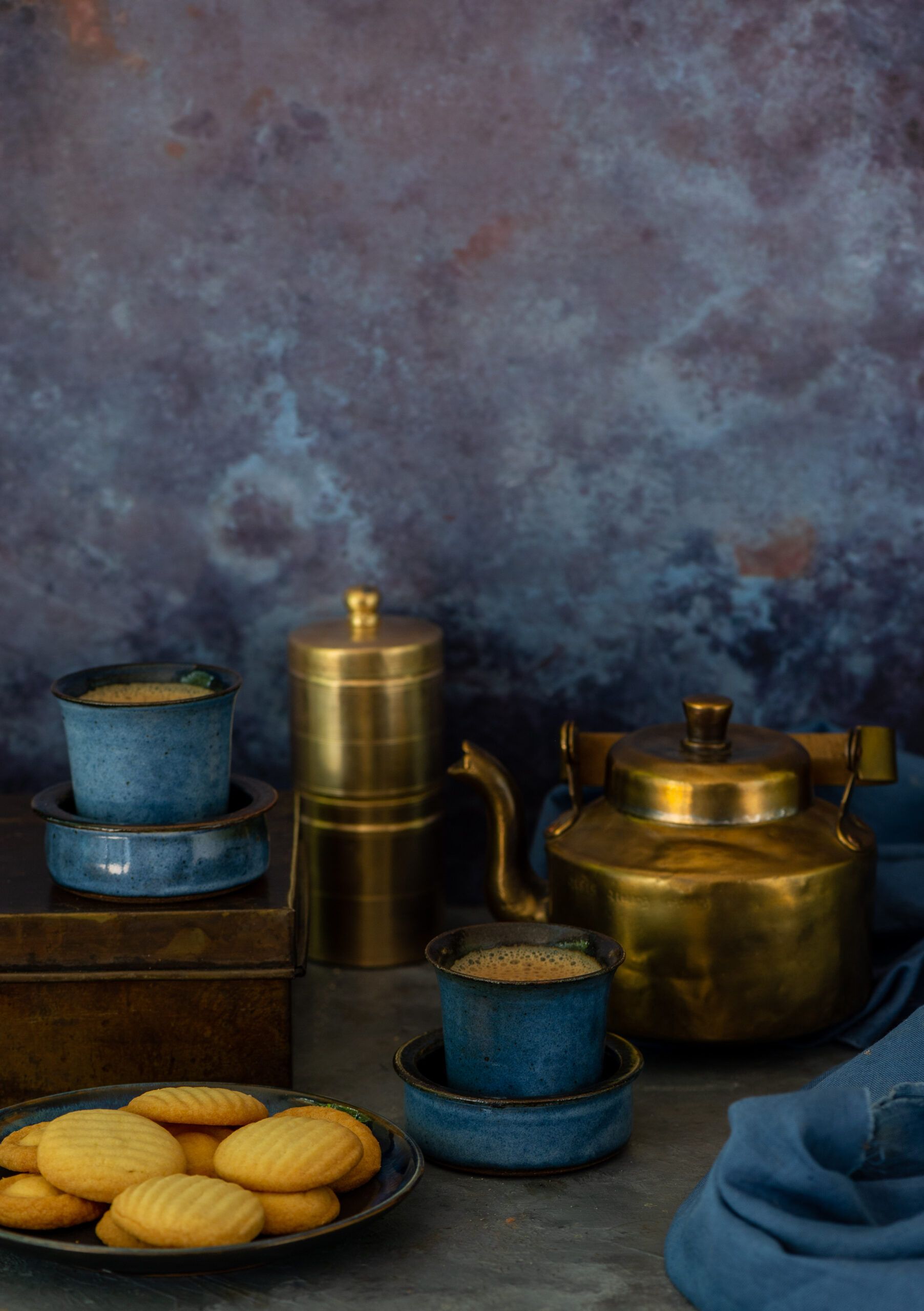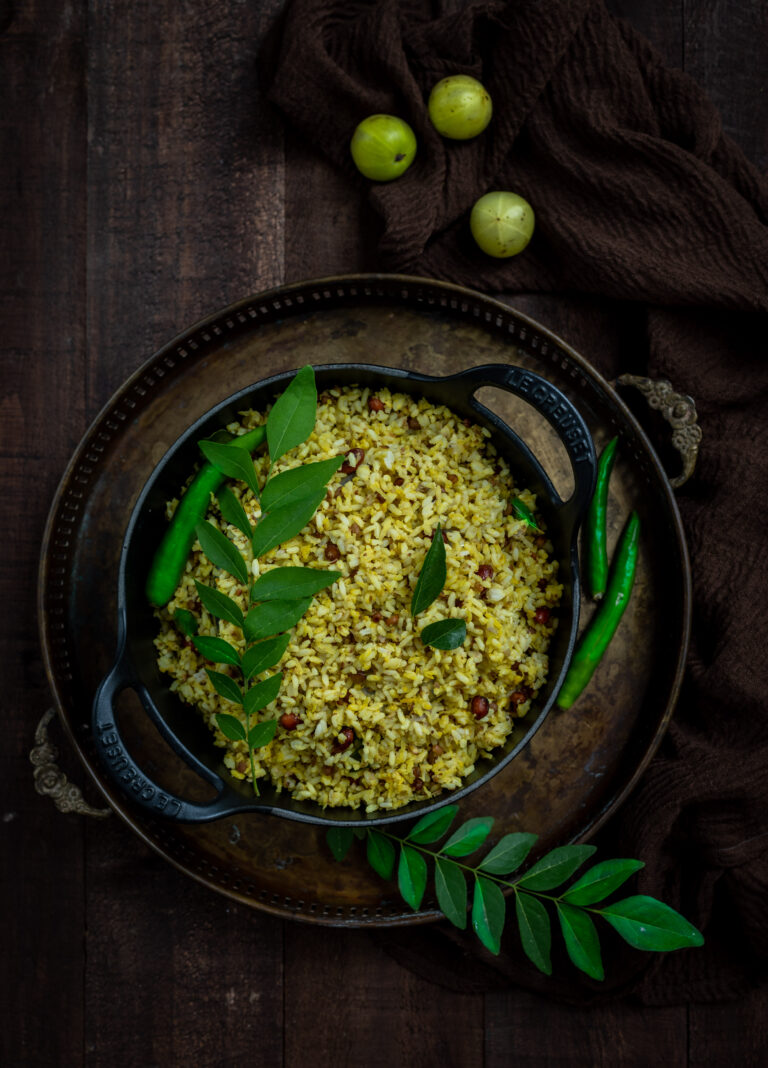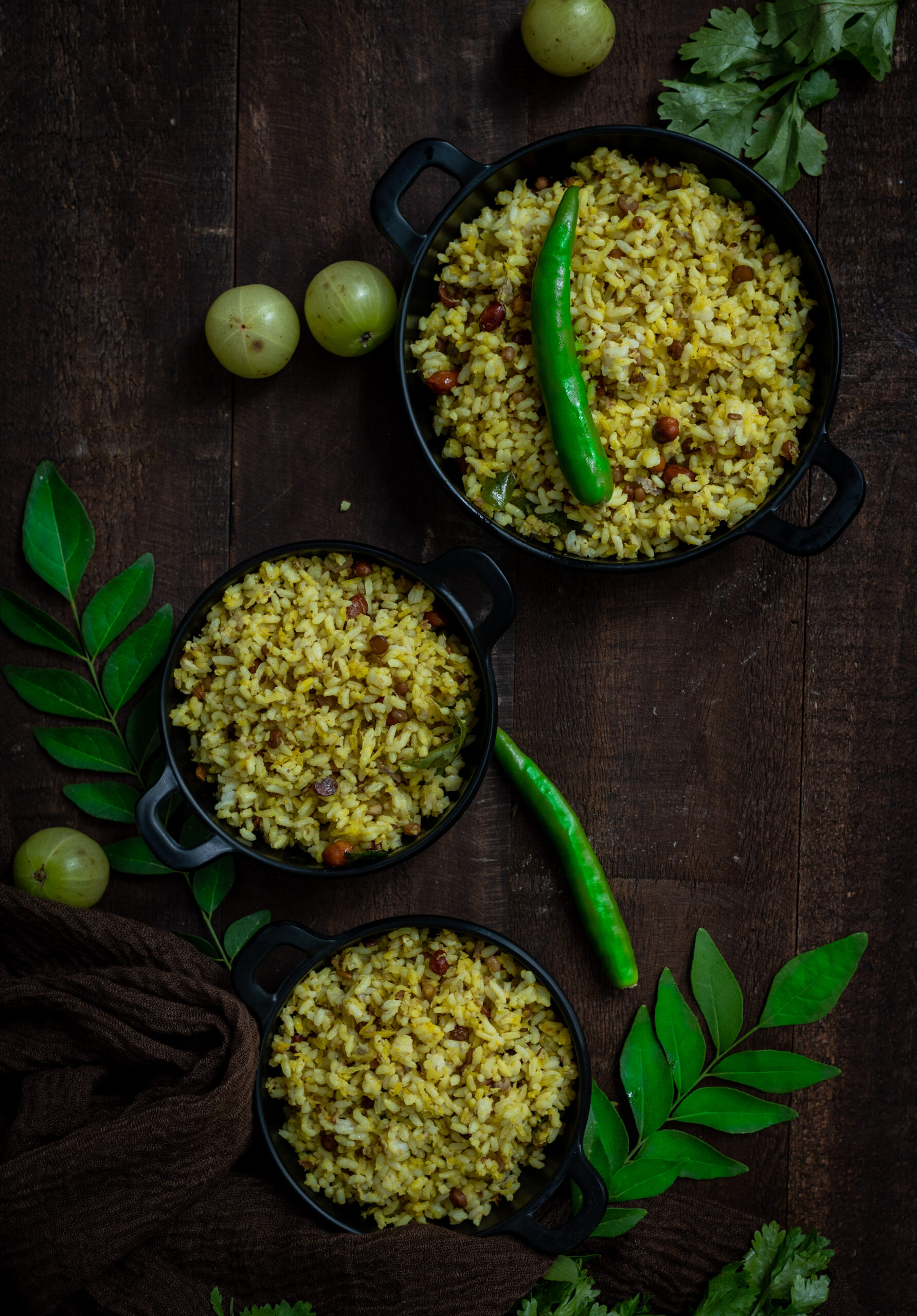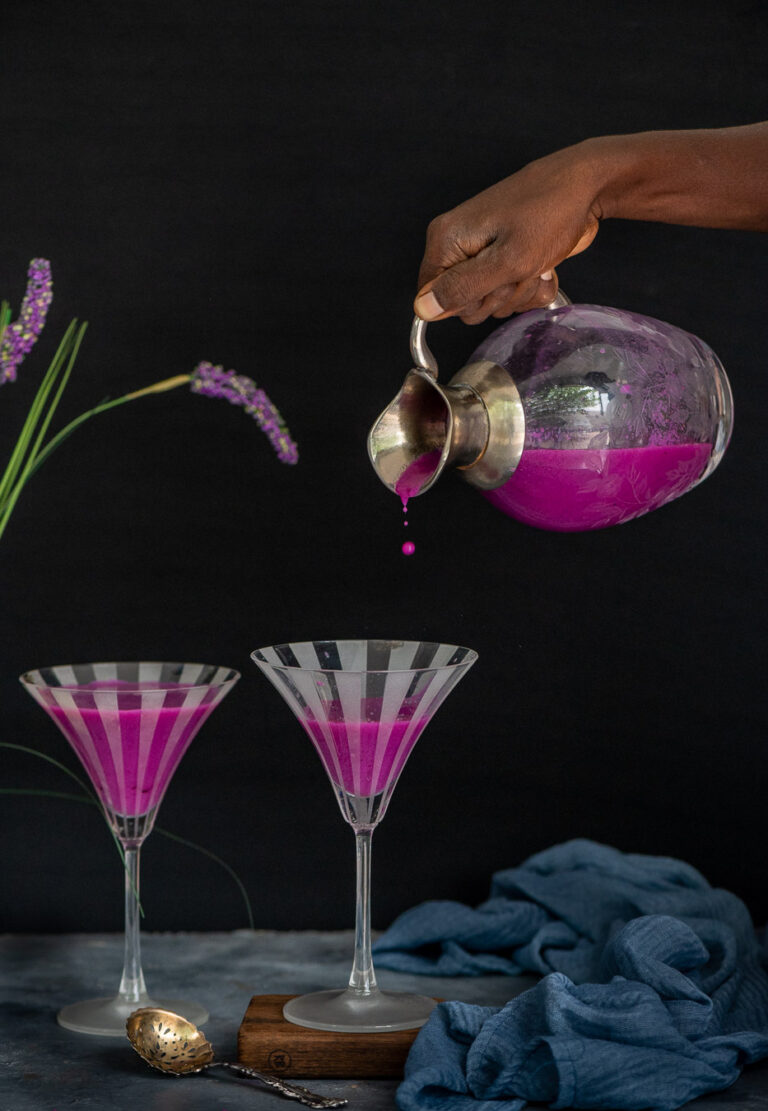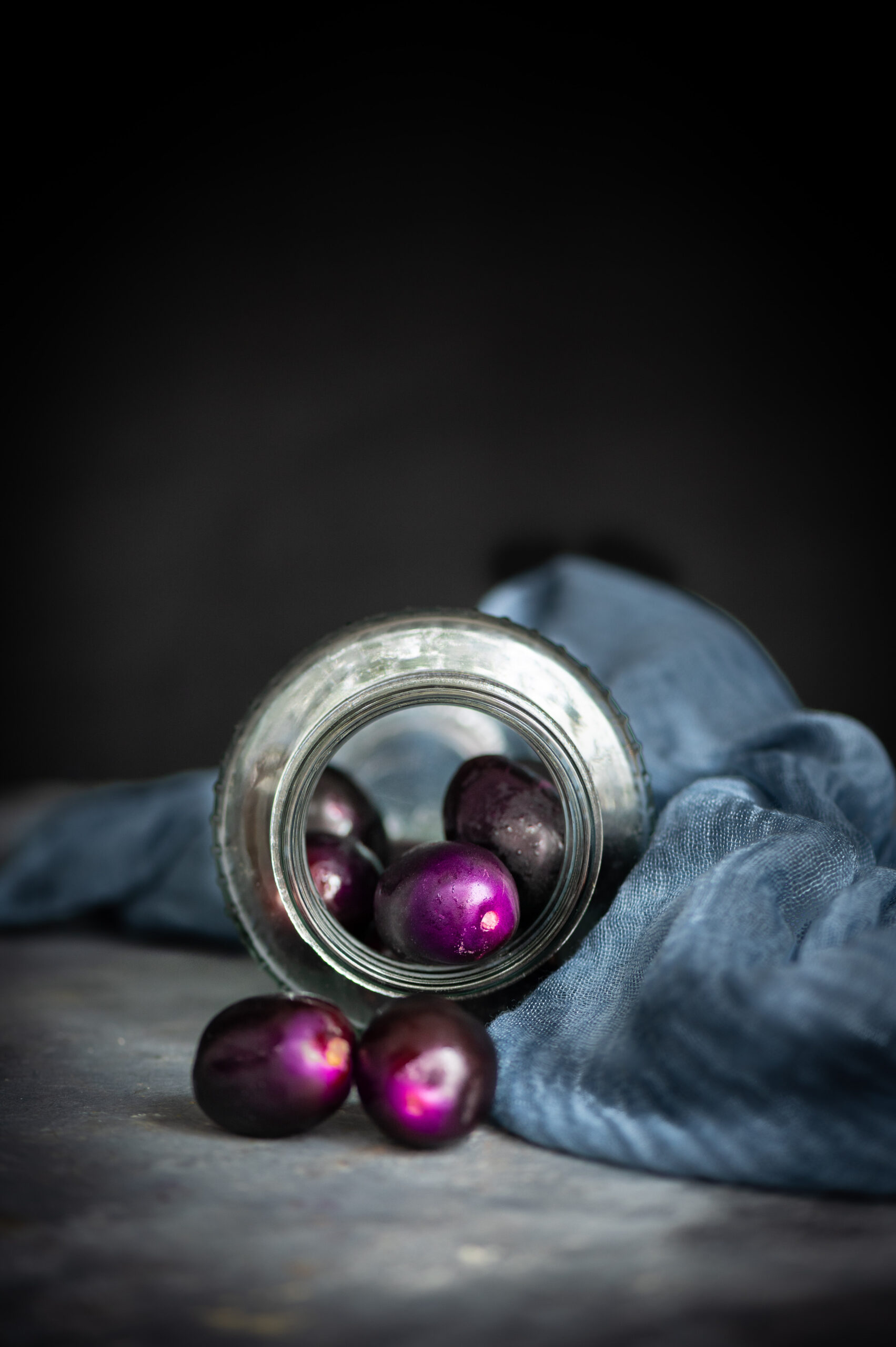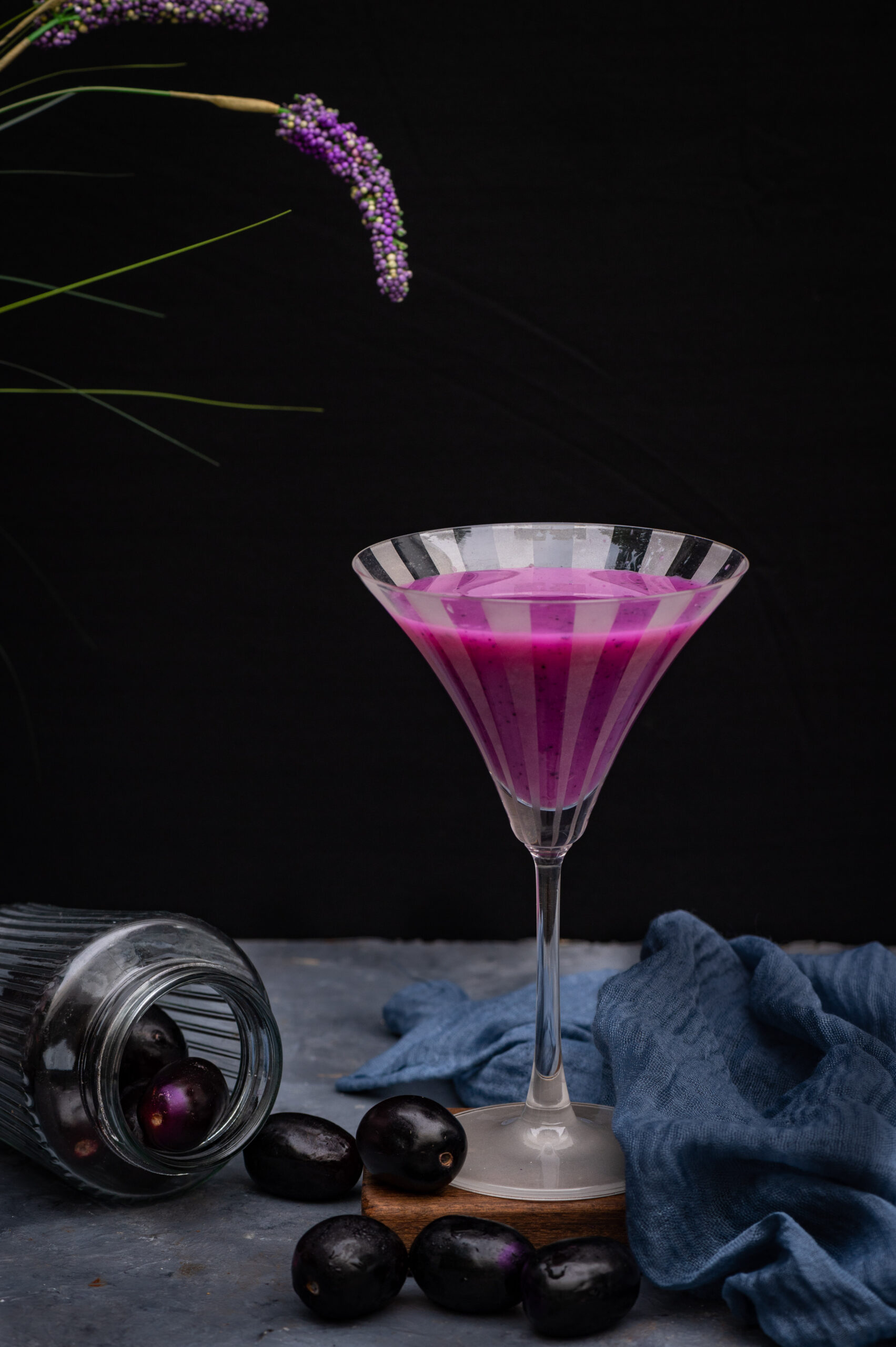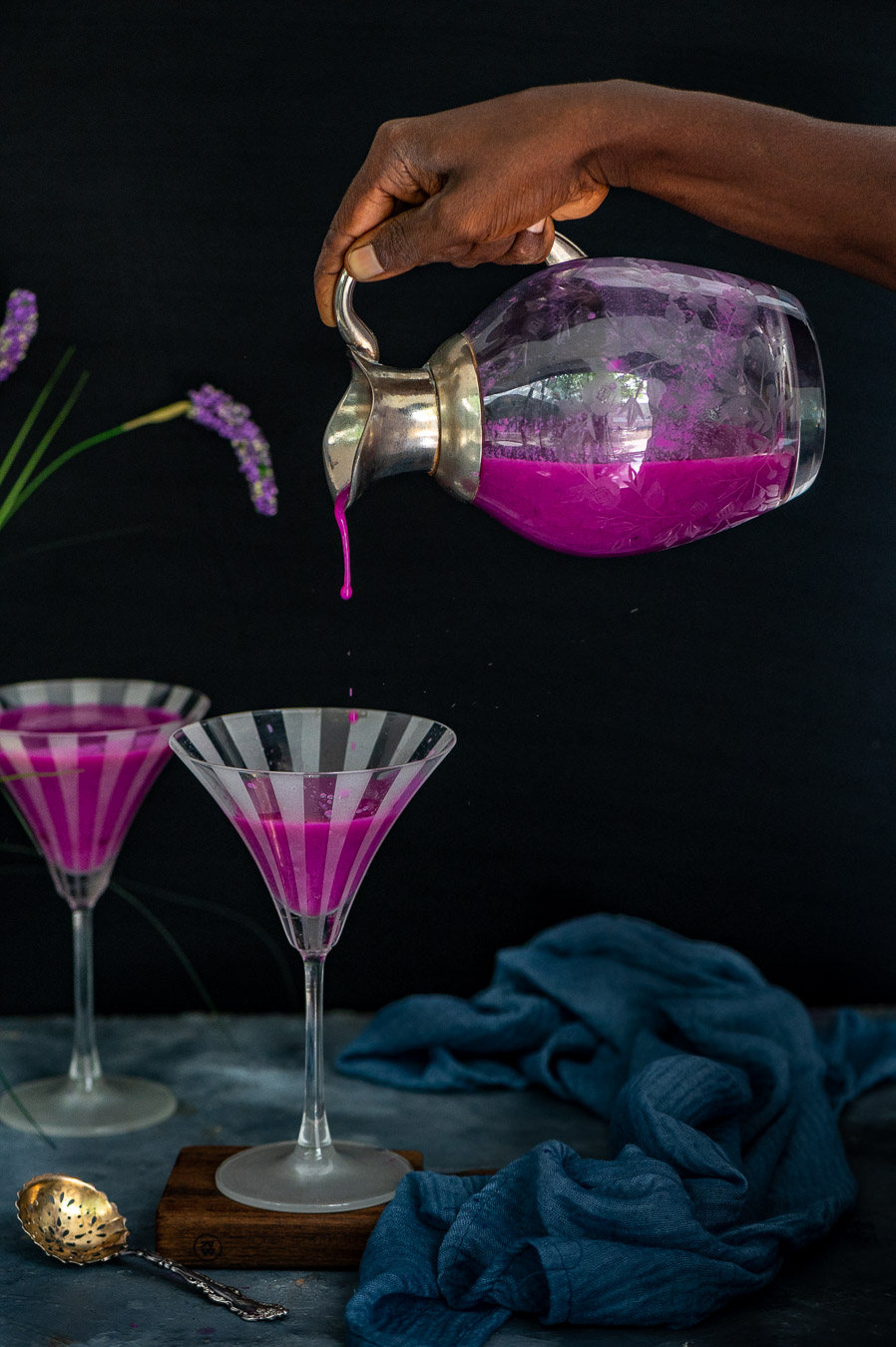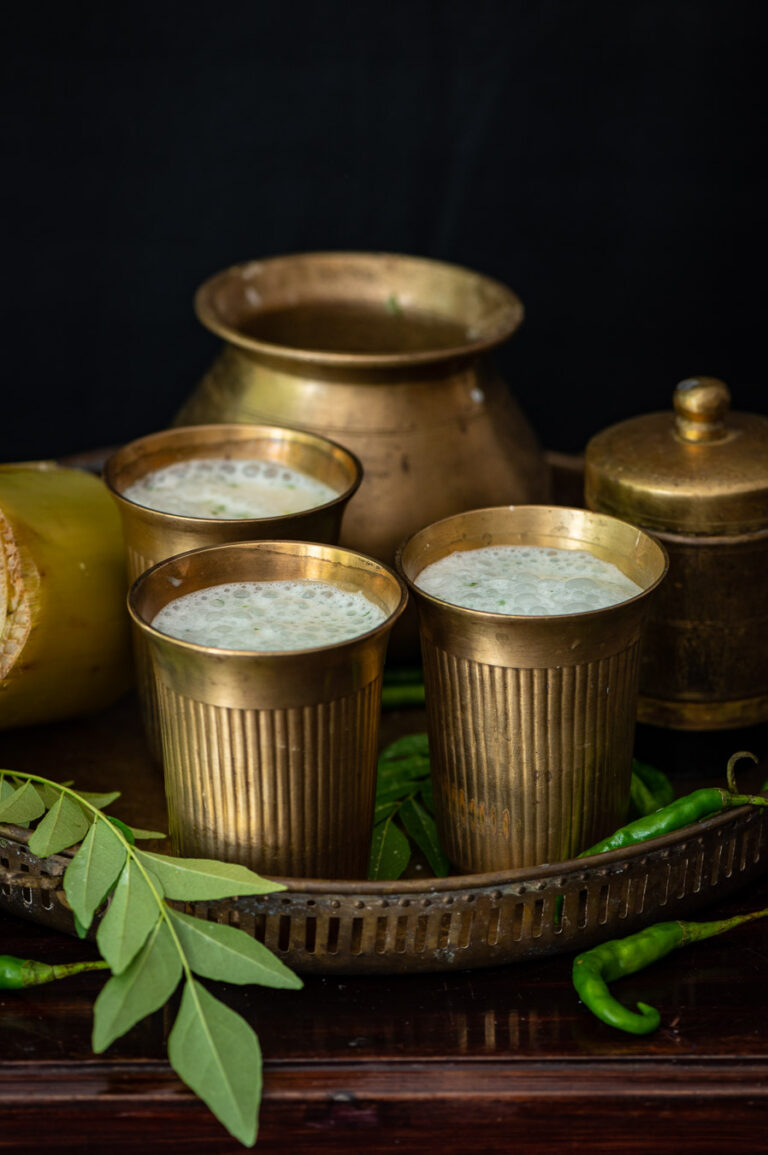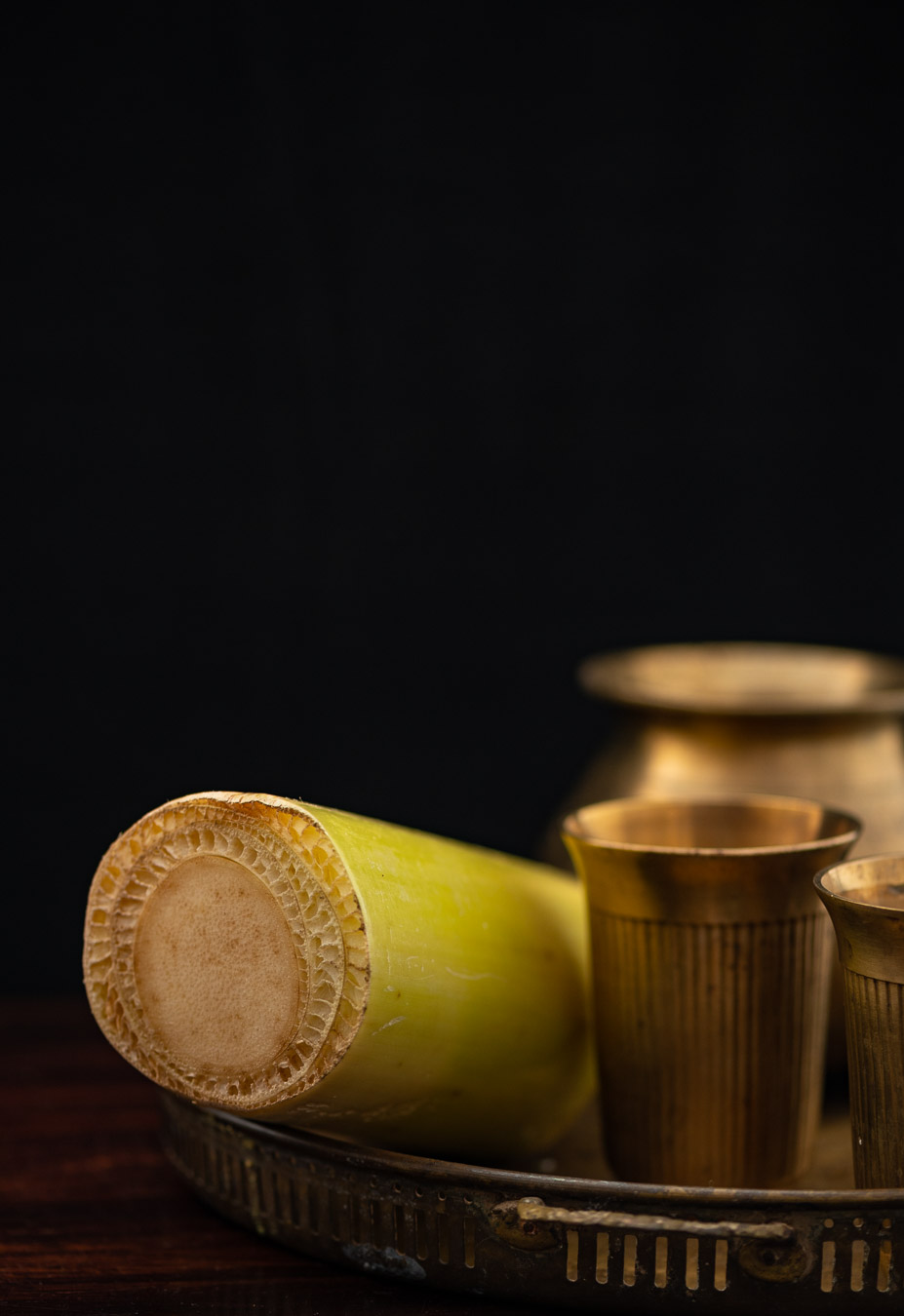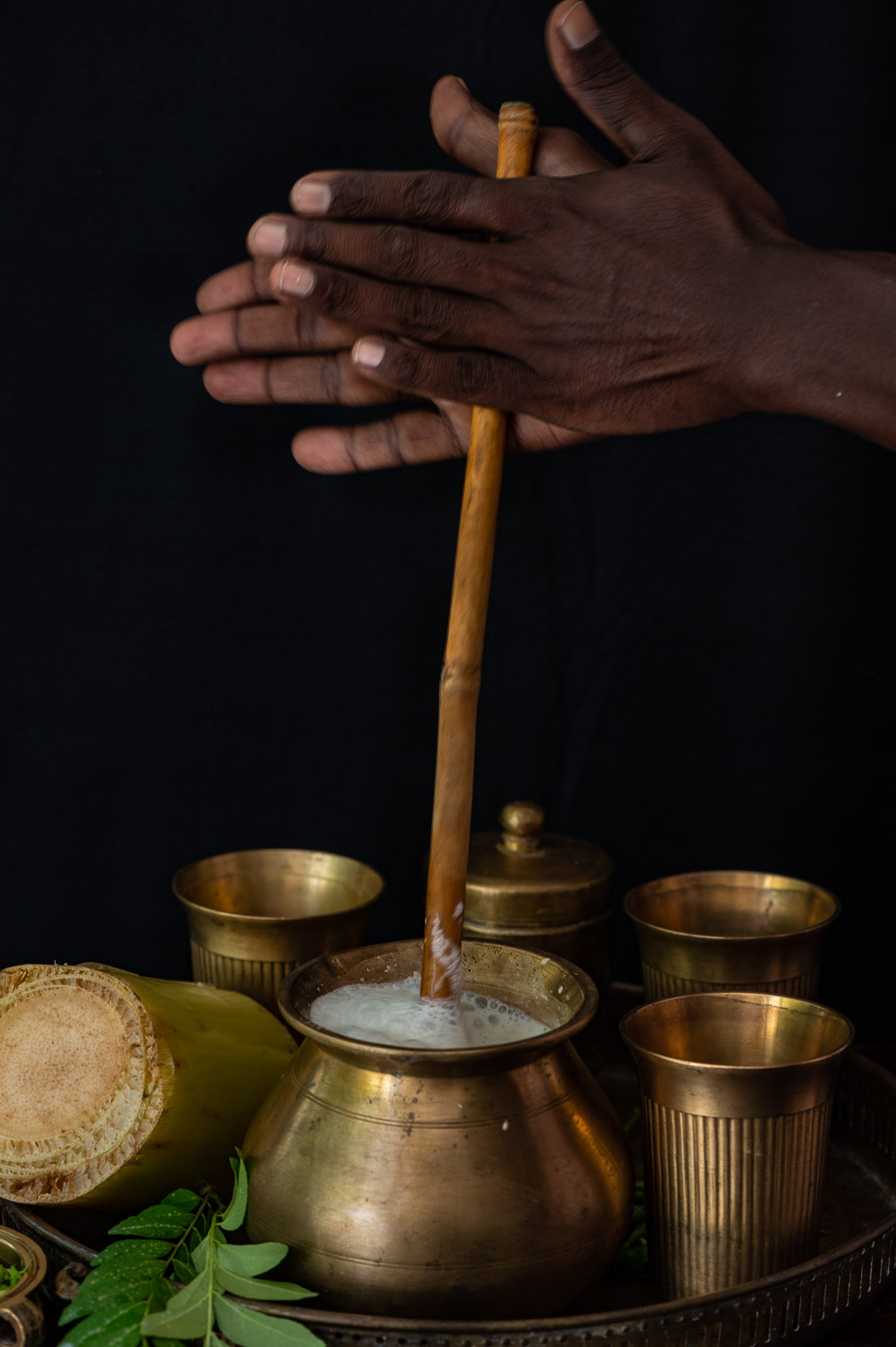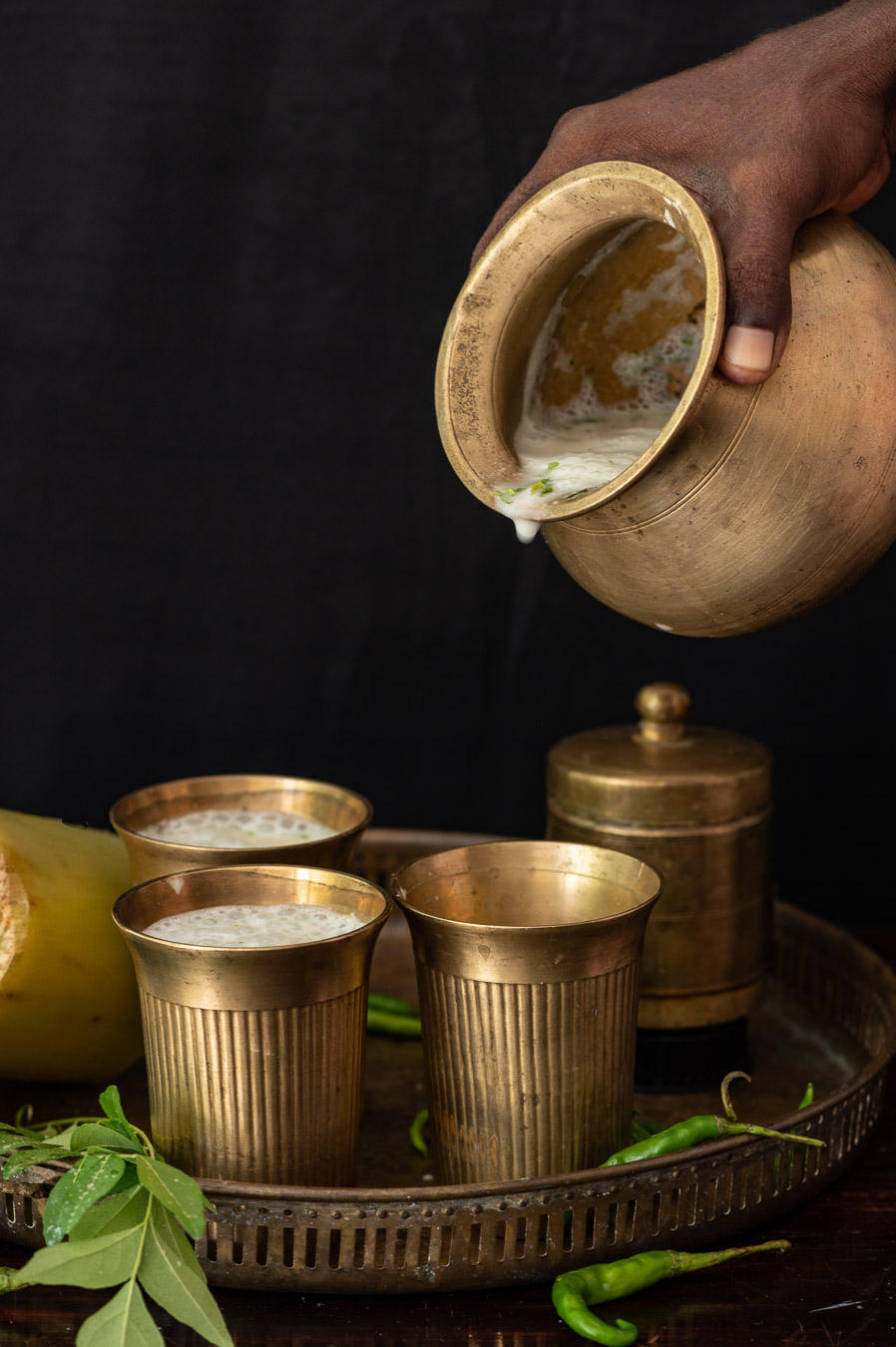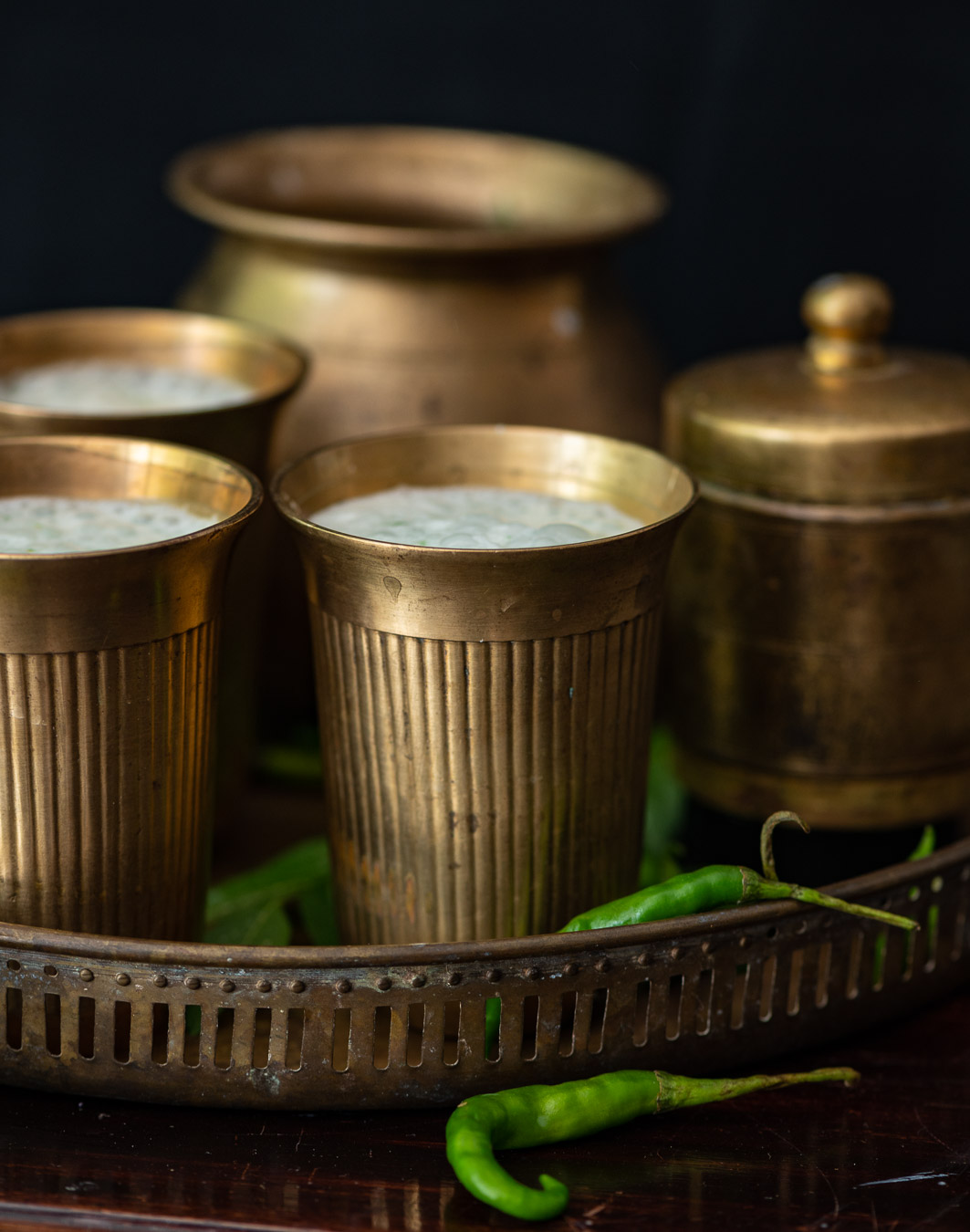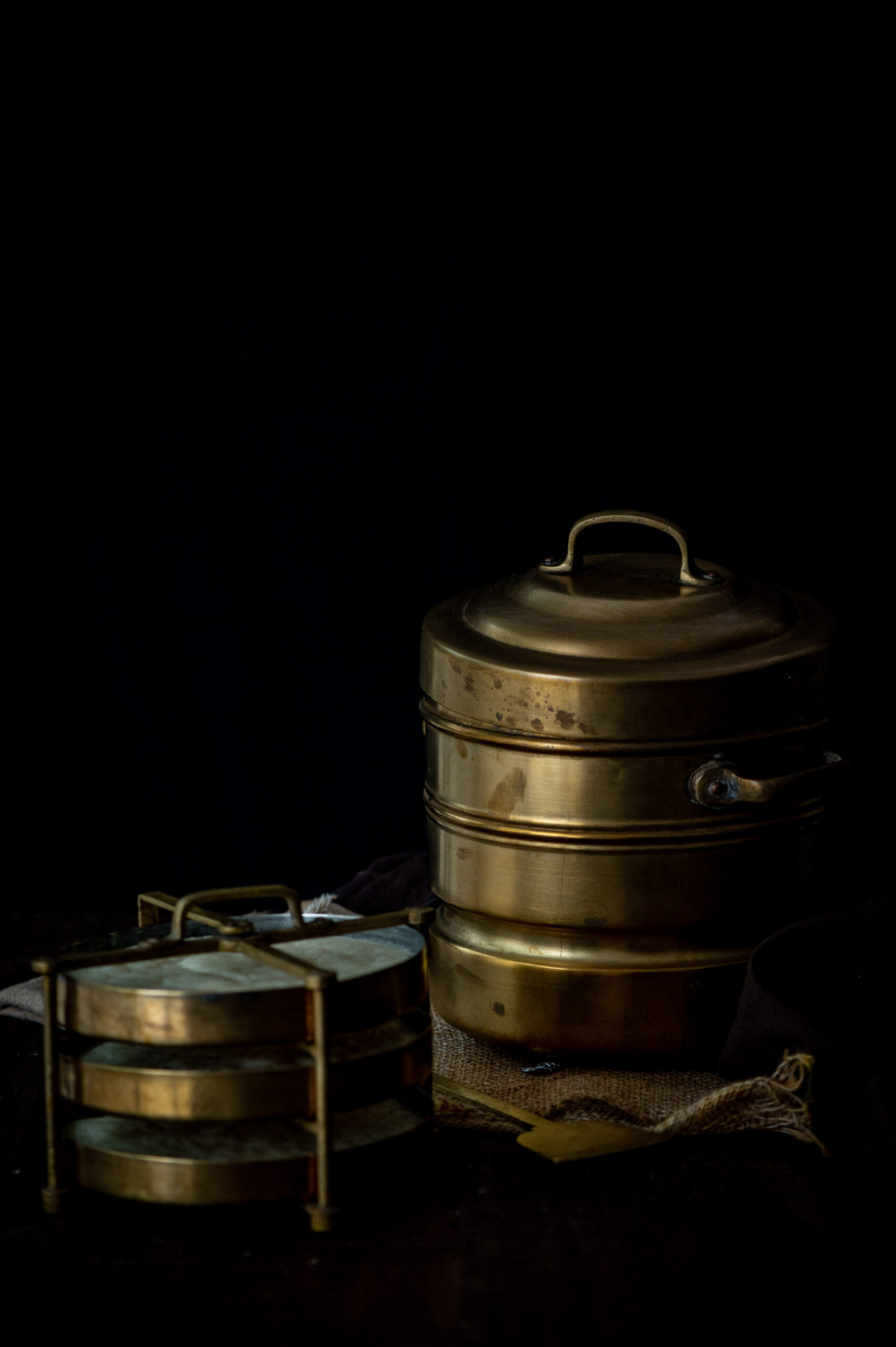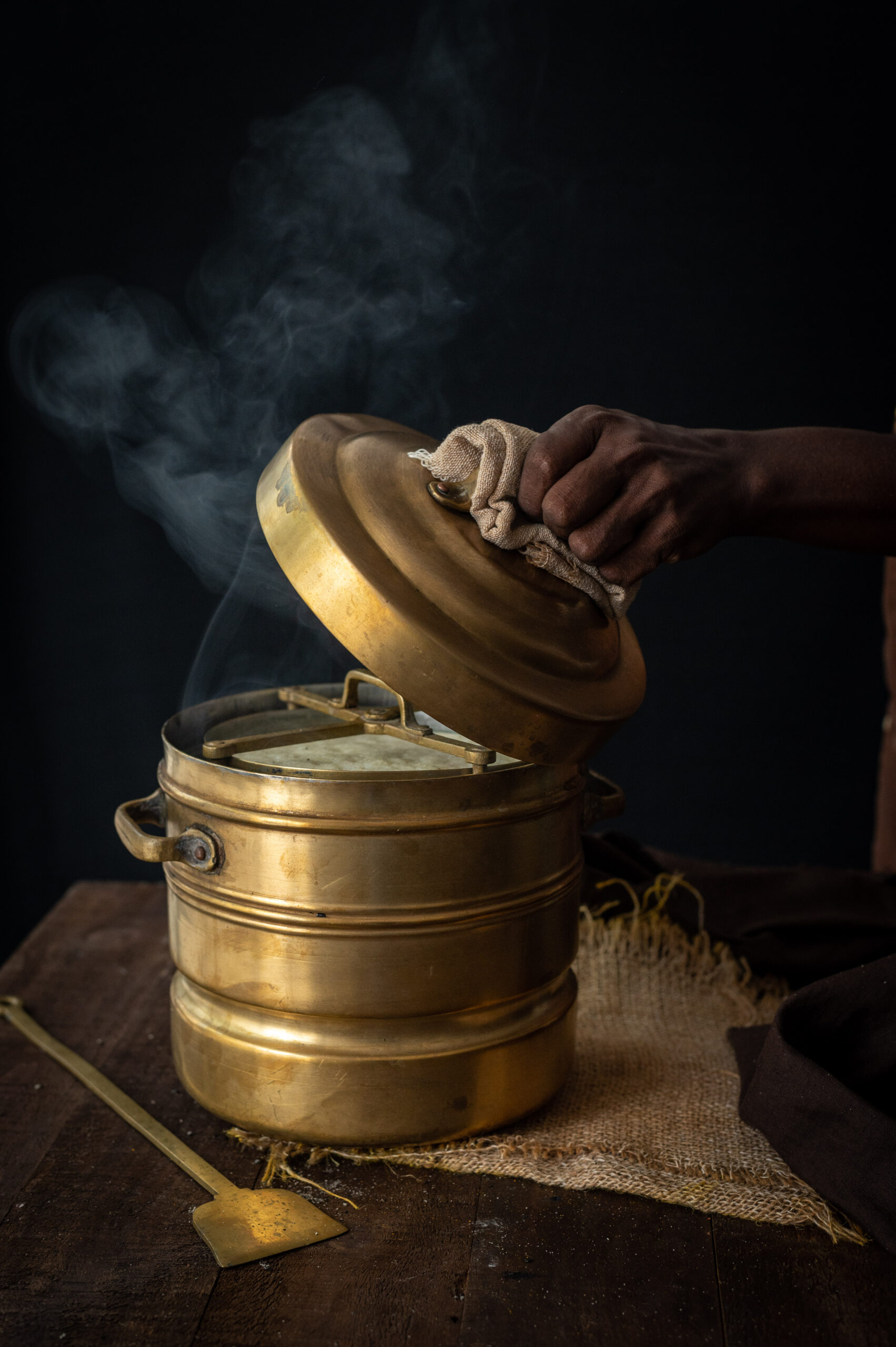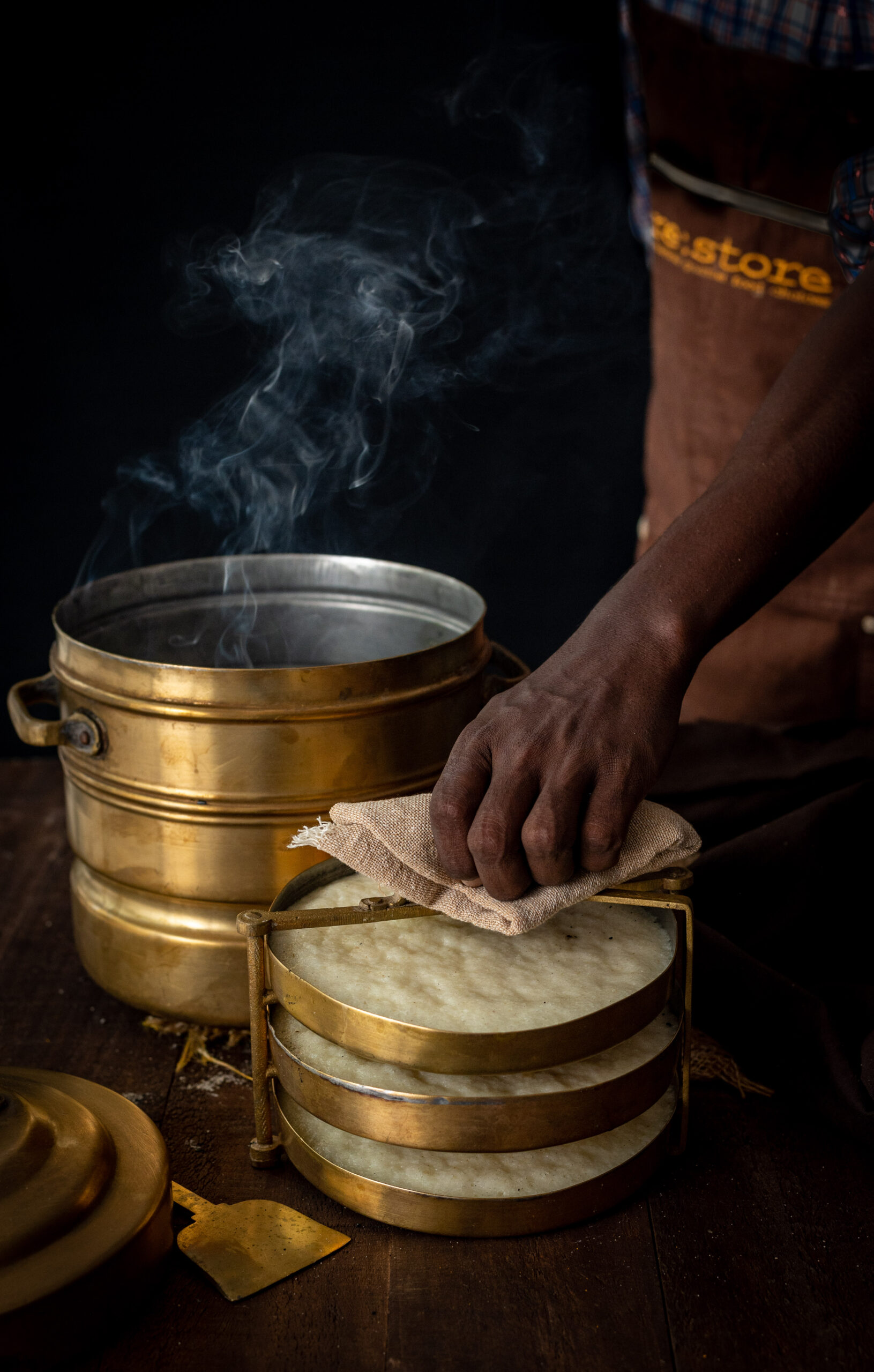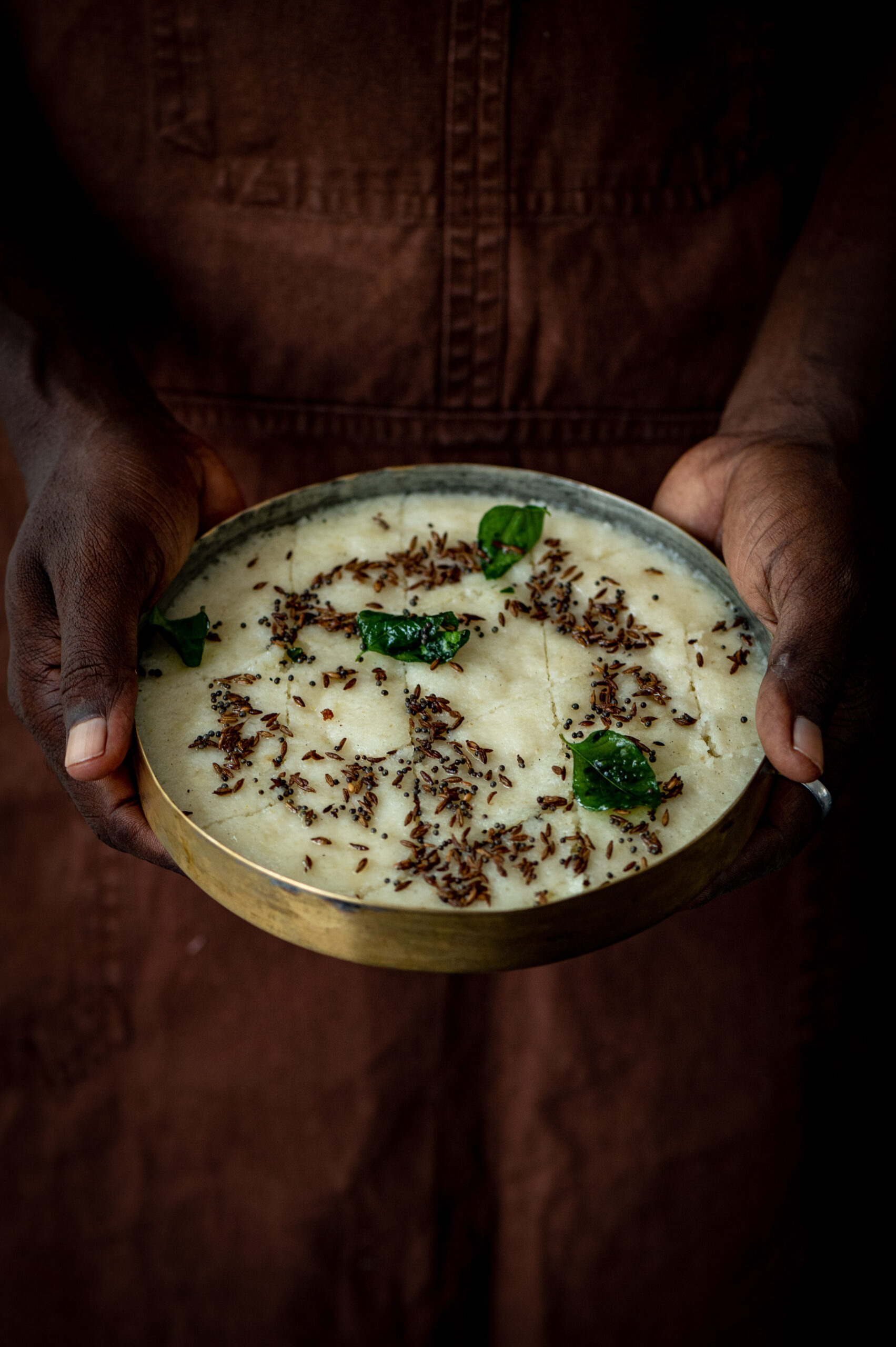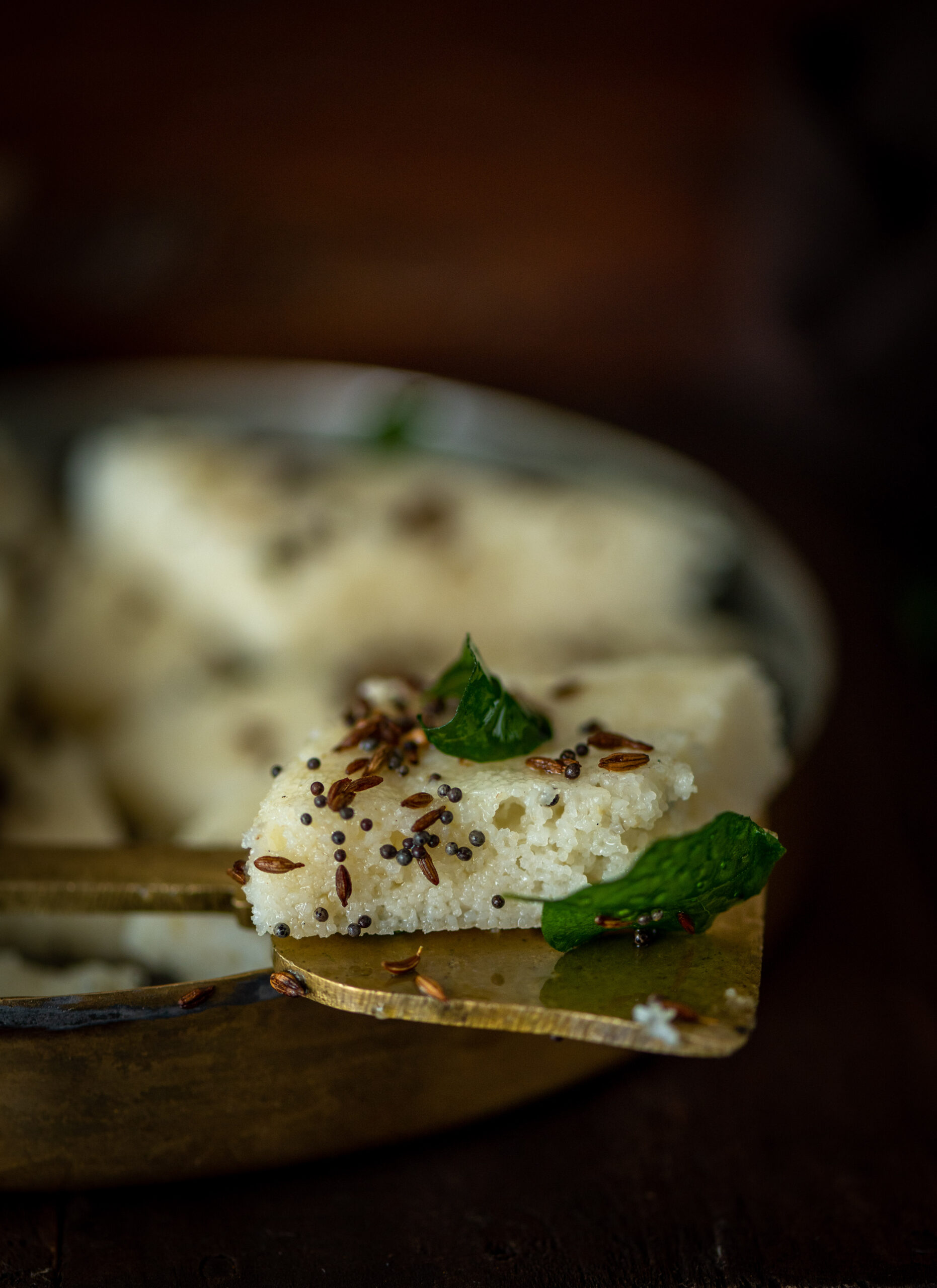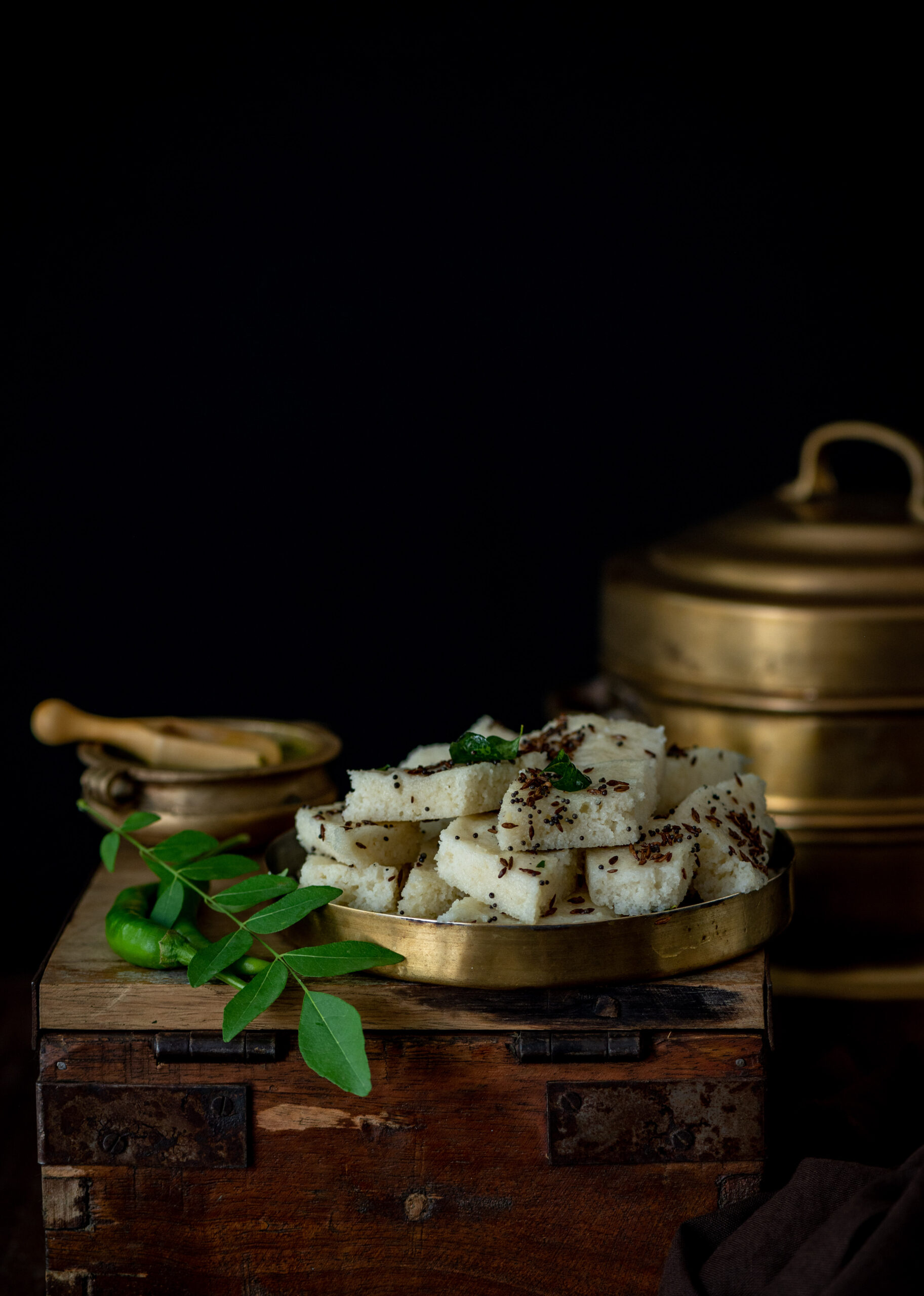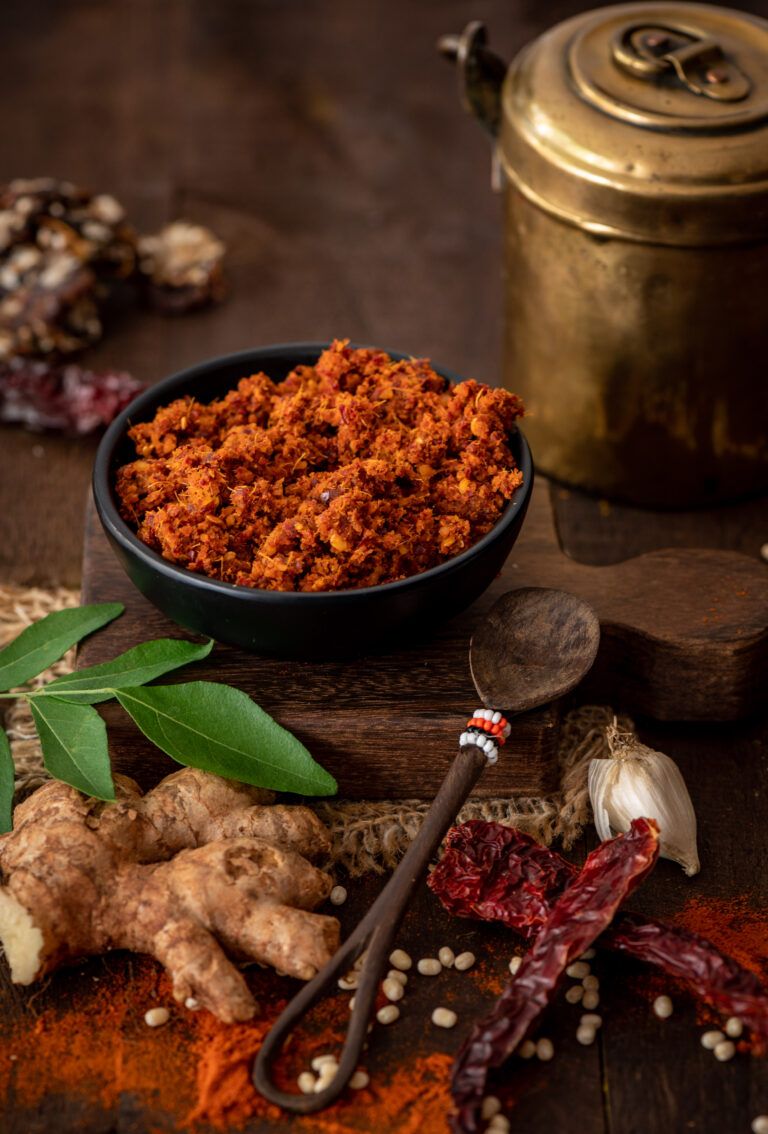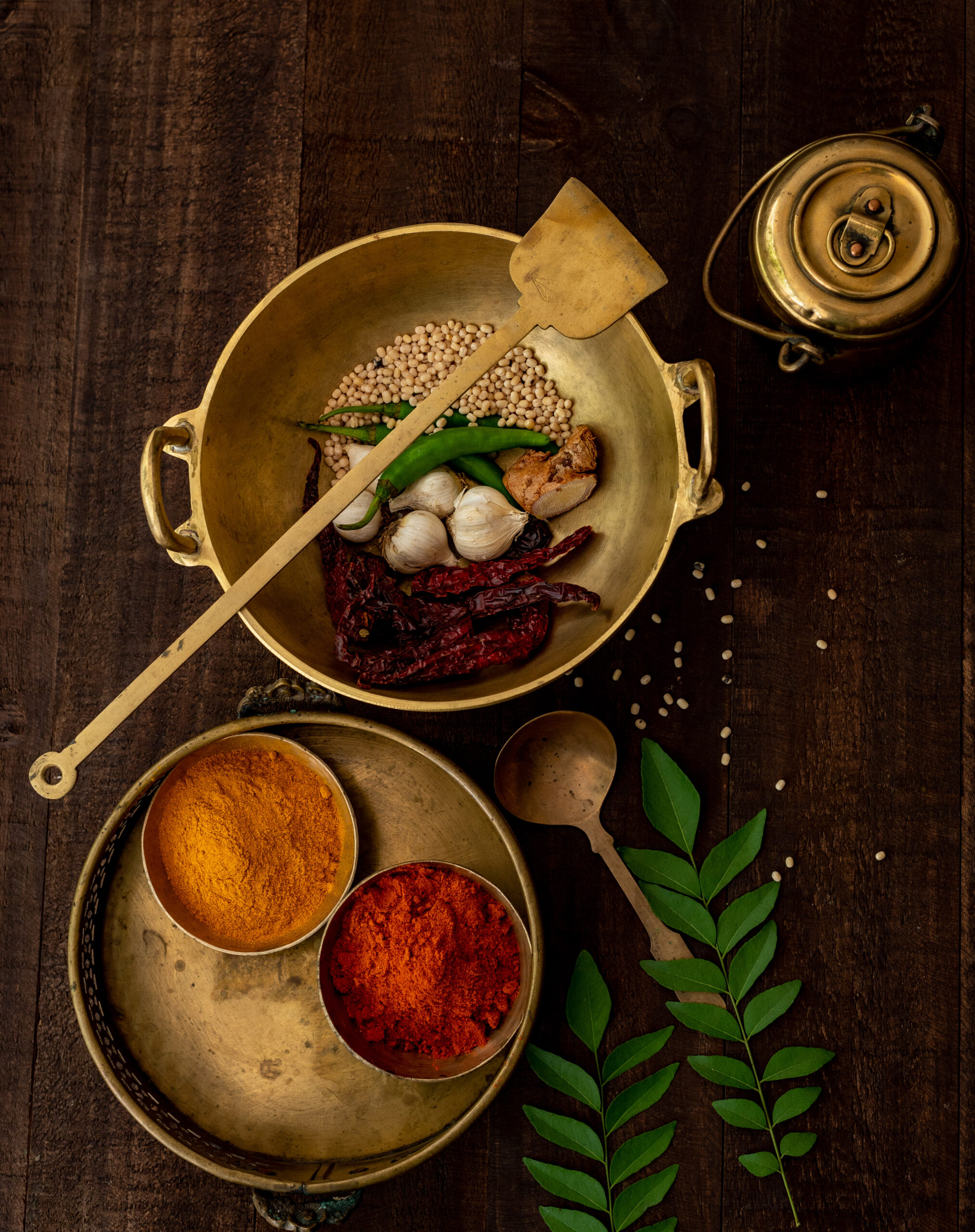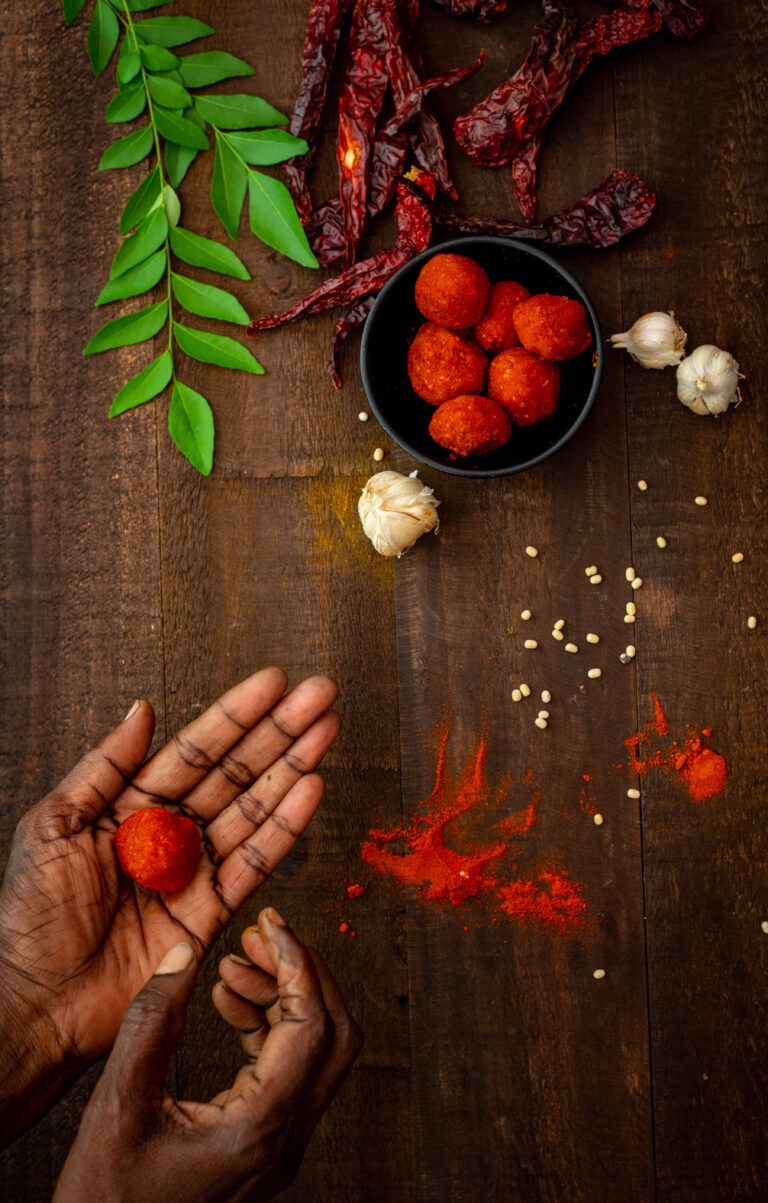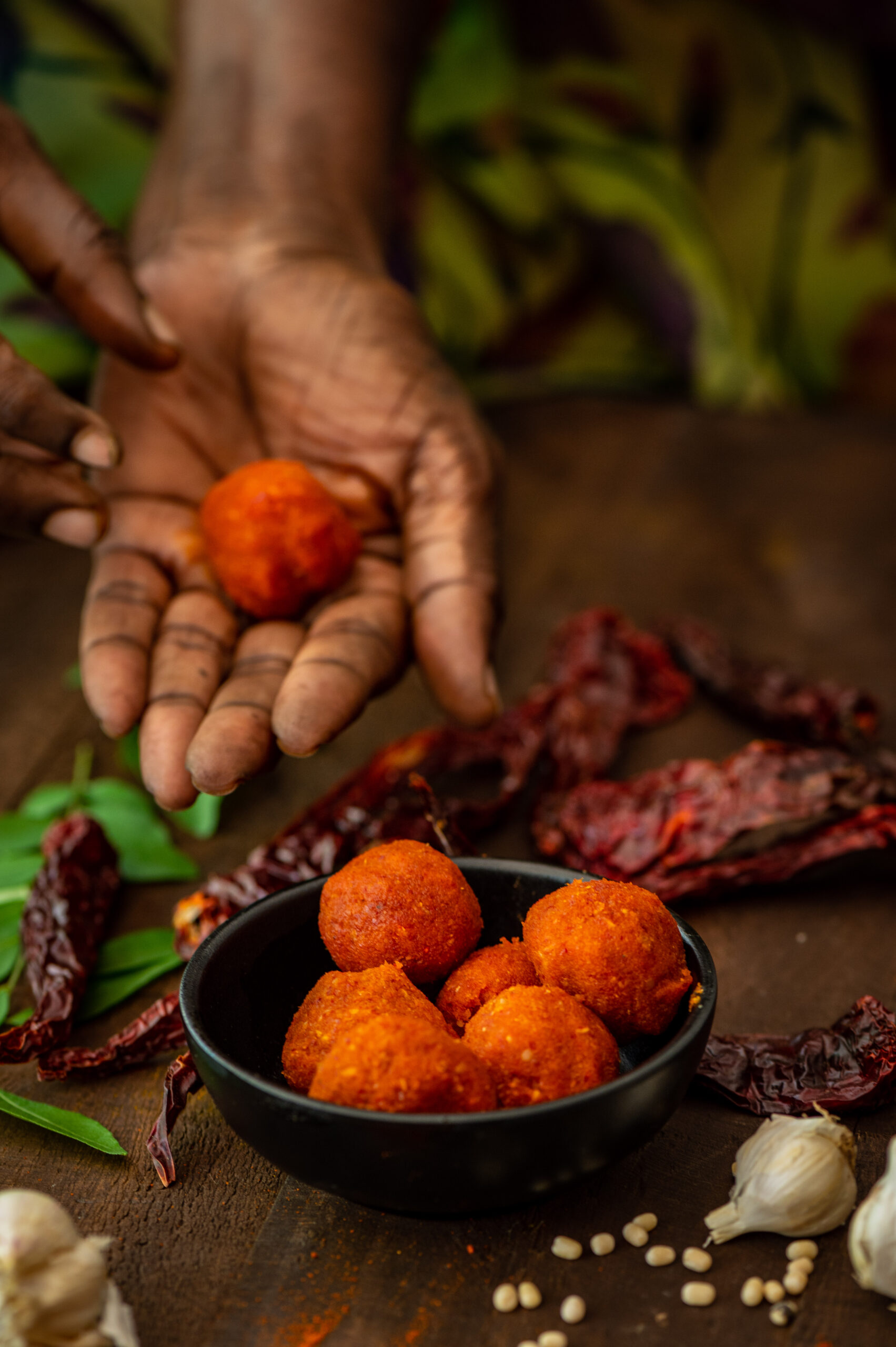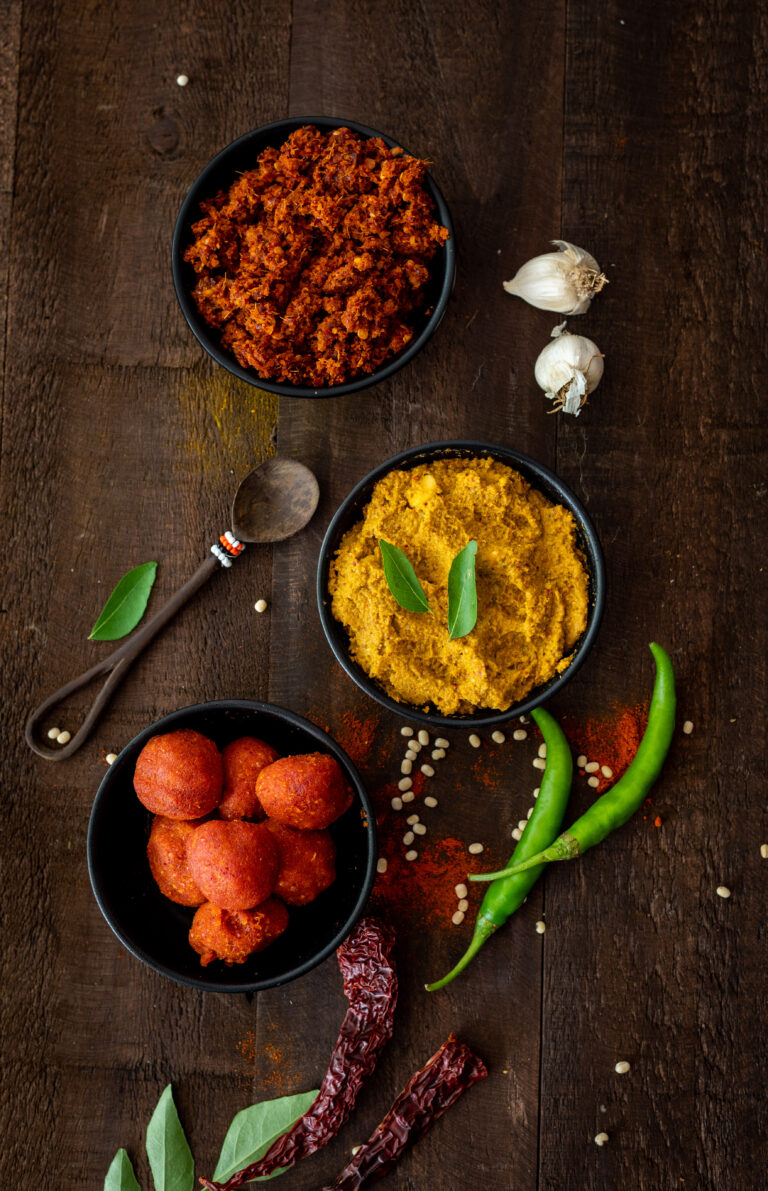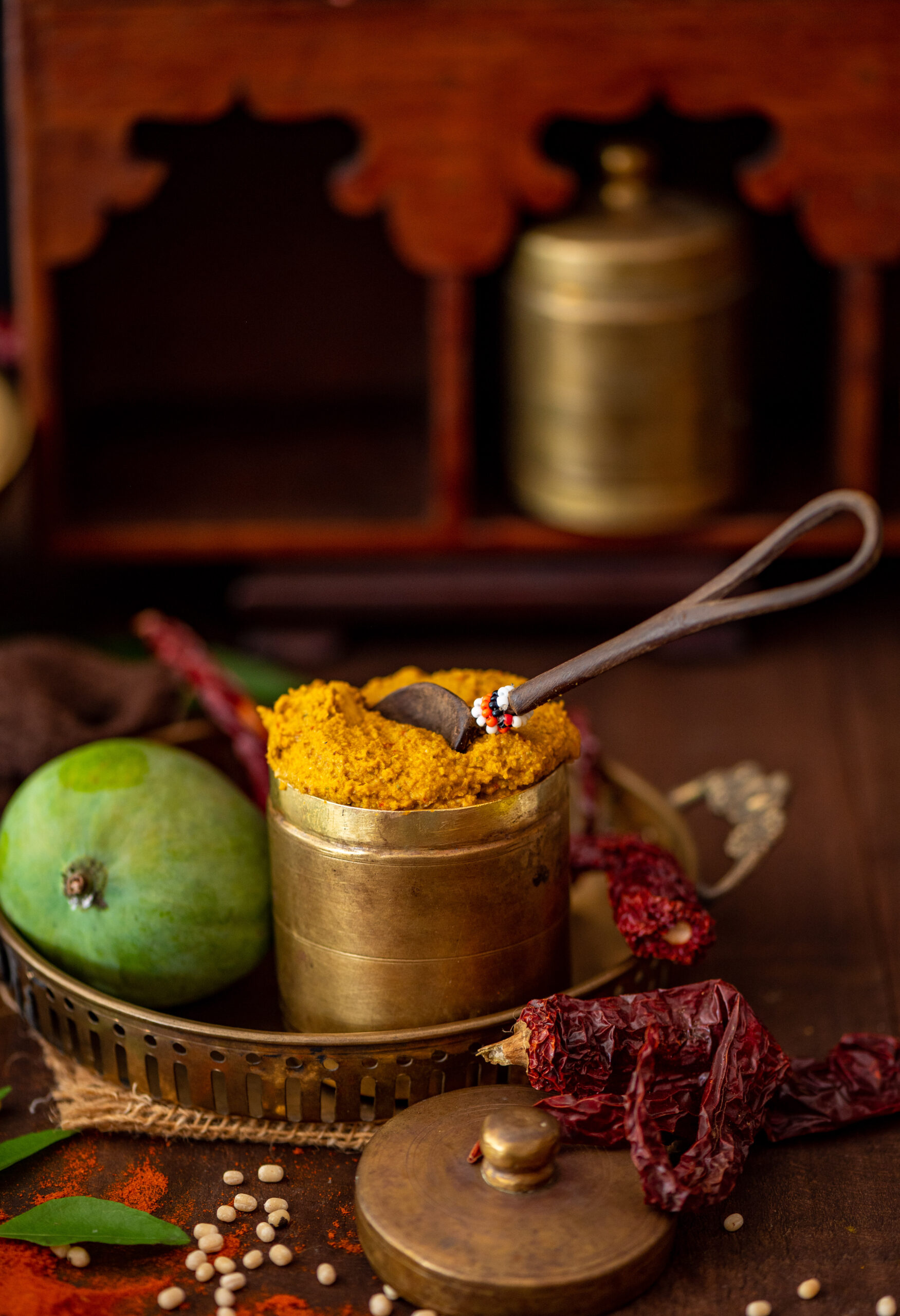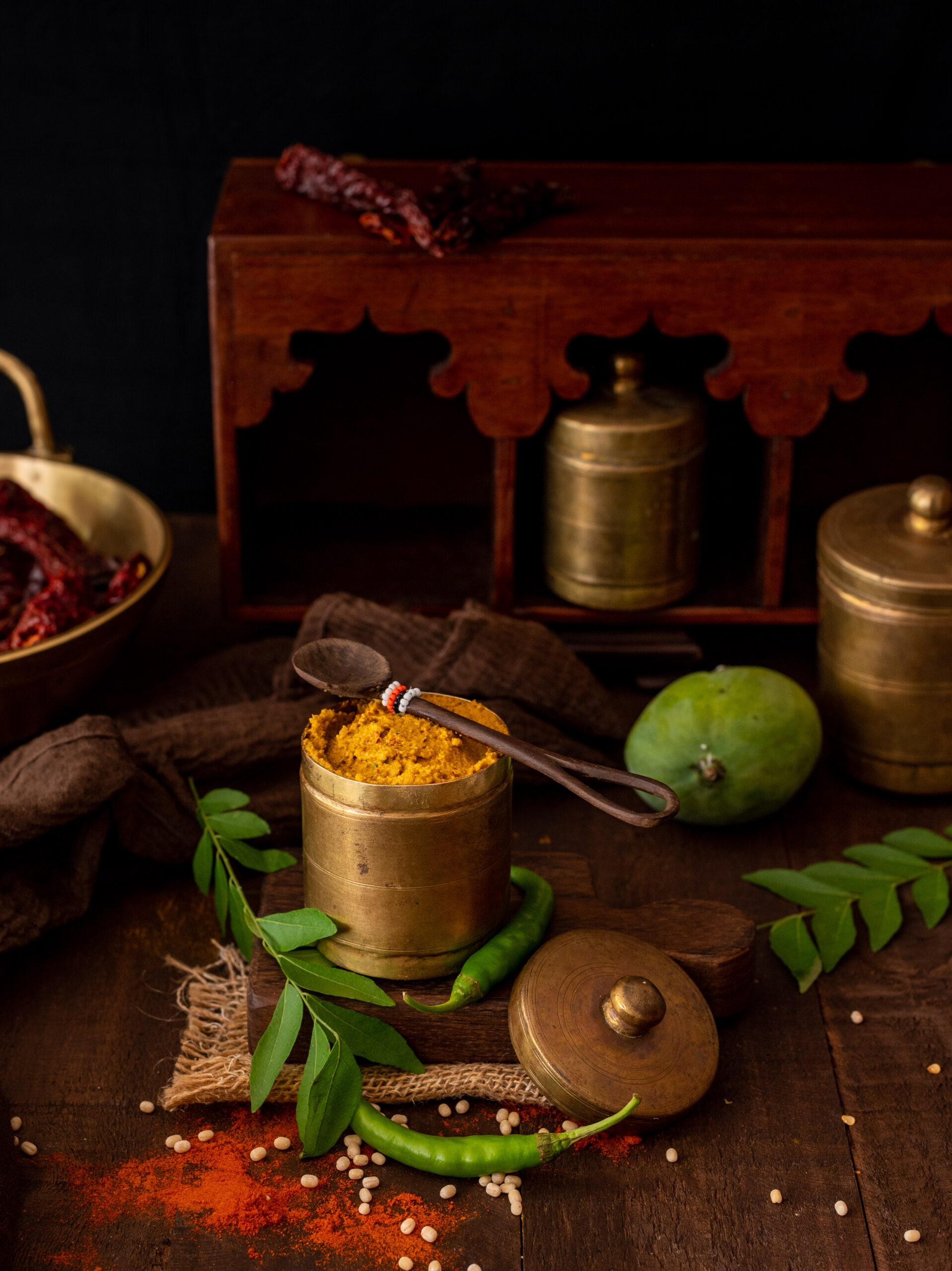My pineapple craving only increased after my recent pineapple rice recipe, so I decided to go ahead and make another dish using that fabulous fruit. This pineapple curry has been a part of my repertoire for quite a while now. It is my own take on a pineapple curry, developed after many enquiries amongst friends over a long time. While asking around, I found that pineapple is used in a similar preparation, either in a curry or a rasam, by many communities in India. I always find it so heart-warming to discover that a cherished ingredient is enjoyed by so many. It’s amazing how versatile we ourselves are as cooks and consumers, imagining interesting ways to eat and continuously learning, even though it is the ingredients themselves that we usually consider versatile.
My earliest experiences with pineapple curry were at my dear friend Girija’s house when we were children. You may remember Girija from her exceptional stew recipe, and her pineapple curry one was also the base on which I built my own version, adding things that stood out to me from other friends’ versions. To this day, we have a tradition of exchanging recipes. She teaches me Malayali ones, while I teach her Gujarati ones (there’s a wide selection of the latter on this blog too). I then adapt the recipes to suit our palates at home. I’m sure most of us do the same whenever we pick up a new one, which is why I’m always curious to hear from you about how you’ve prepared the ones I share here.
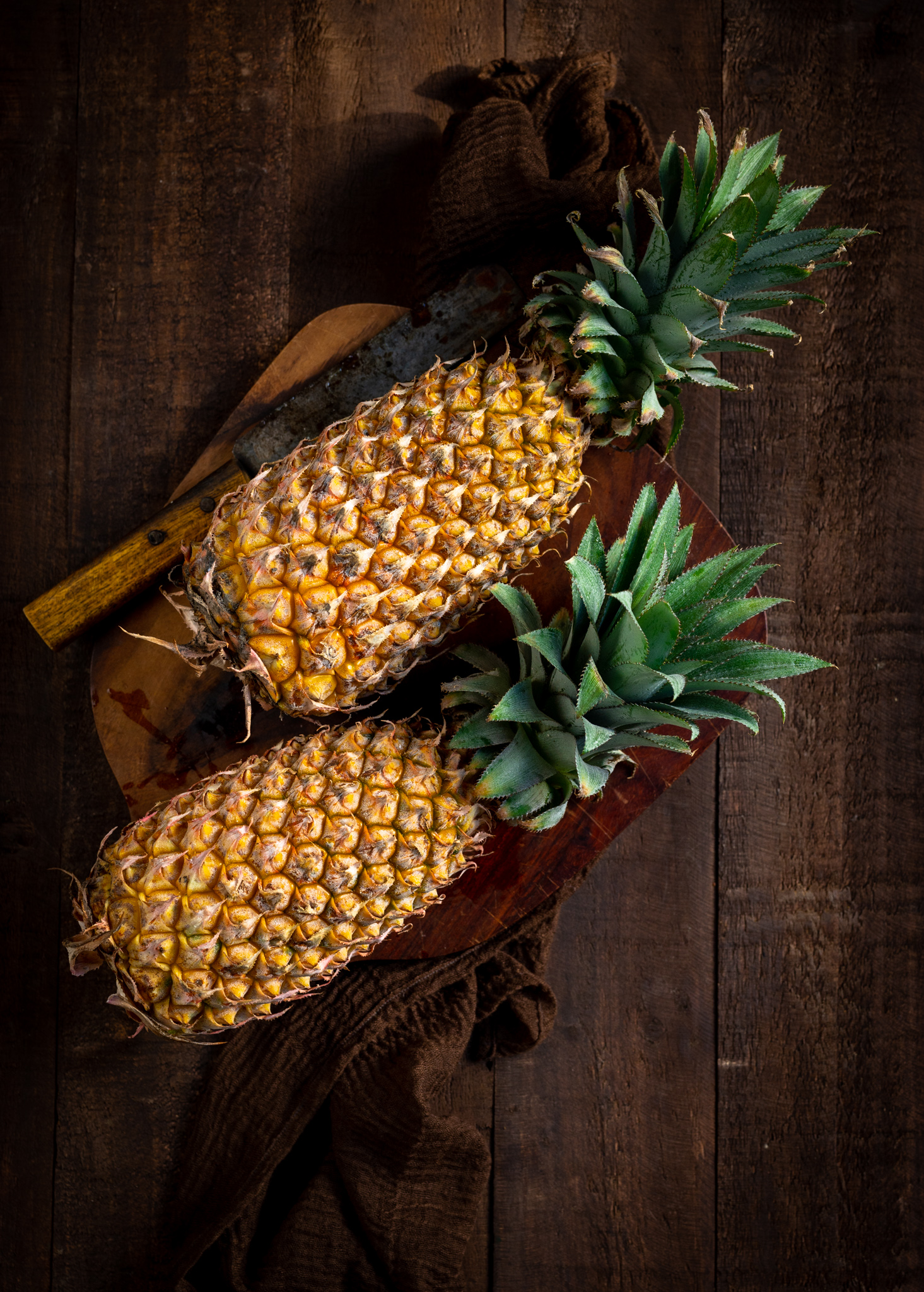

This pineapple curry, with its natural hint of sweetness, is highly suitable for the notorious Gujarati sweet tooth. My husband absolutely loves it, and rest assured that there are never any leftovers on days when I make it at home. He polishes off the pan to the extent that I often have to remind him to leave some for me. That’s exactly what happened after my photo shoot for this post!
What makes this curry even sweeter is my addition of coconut milk or grated coconut. Funnily, this ingredient that appears so often in Kerala cuisine doesn’t play a part in Girija’s recipe, but it does in mine. I find that as a tropical fruit, pineapple is well-complemented by coconut, which is another form of tropical produce. At the moment, the coconut trees in my backyard have yielded a bounty. I have a profusion of fresh coconut milk at home as a result, and alongside the sweet seasonal pineapple, this recipe came together beautifully. That reminds me – have you checked out the coconut series from a few months ago, and tried out my coconut podi and coconut pudding recipes too?
On the note of continuing to learn about all things food-related – in my previous post, I had mentioned that my son has been experimentally growing miniature pineapples. I was a bit surprised when I started seeing these at the florist too. Baby pineapples (a hybrid, I suspect), so adorably nestled amidst blooms and leaves of all kinds. I found them so eye-catching, and I wondered how this decorative usage came into being. Would you happen to know?

Pineapple Curry
(Serves 2-4)
½ cup grated fresh coconut
3 dry red chillies
2 tablespoons urad dal
3 tablespoons tamarind paste
1½ cups pineapple chunks
2 tablespoons sesame oil
¼ teaspoon mustard seeds
A few curry leaves
1 cup hot water
1 cup coconut milk
Salt to taste
1 tablespoon jaggery
In a pan, dry roast each of these ingredients separately, until each is toasted: the coconut, the urad dal and the dry red chillies. While they are still hot, blend them together, along with the tamarind paste. Set aside.
In another kadai, add oil. Once it’s hot, add the mustard seeds. Allow to splutter and then add the curry leaves.
Add the pineapple chunks. Cover and allow to cook until tender.
Next, add the masala prepared earlier and the hot water. Adjust the quantity of water based on the consistency of gravy you prefer, but ensure that it is already warm or hot. Add salt and jaggery (which you can replace with brown sugar) and allow to cook until thick.Finally, add the coconut milk. You can avoid this ingredient if you aren’t a fan of it. Stir and set aside until ready to serve.
As I’ve said in almost every post on Indian food, Indians love flavour combinations in their meals, and sometimes even within a single dish. This dish also offers a wide range, from sweet to spicy. As you can see from the method above, this medley of flavours is quite simple to whip up.
The best partner for this pineapple curry would be plain rice, hot and right out of the pot, with a dollop of ghee. This really does make for the perfect meal. You can also have it with rotis.
I’ve been relishing pineapple so much at the moment that I’ve decided to make this a three-part series. So there’s one more dish coming up next weekend so that you can get even more out of this delicious fruit. In the meanwhile, if you are a fan of fruit in curry, you may also enjoy this lovely guava preparation. As I said earlier, as I say often: I’d love to know how you make it!


